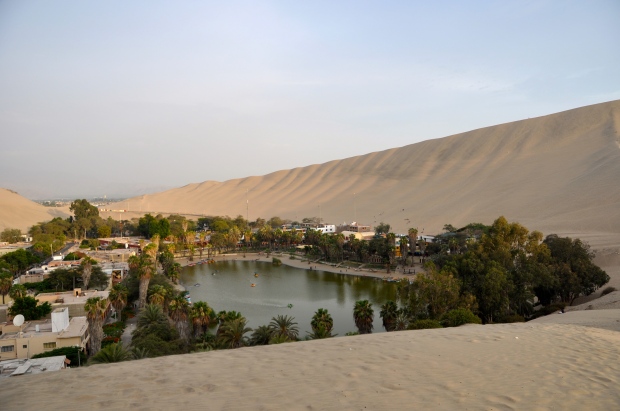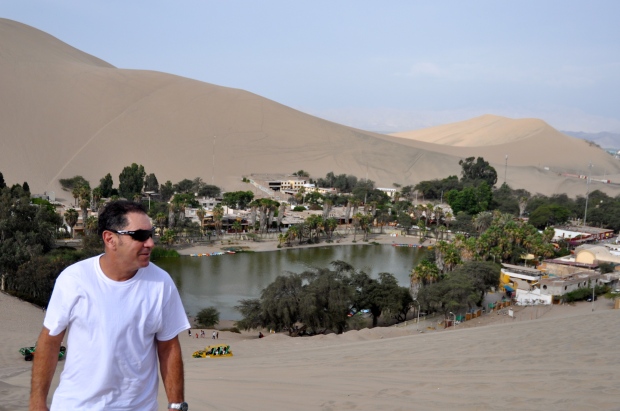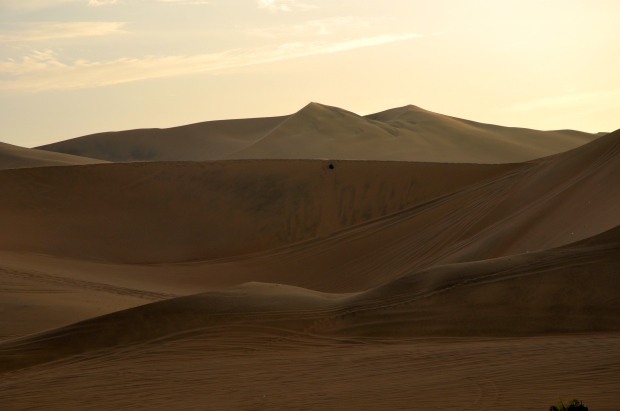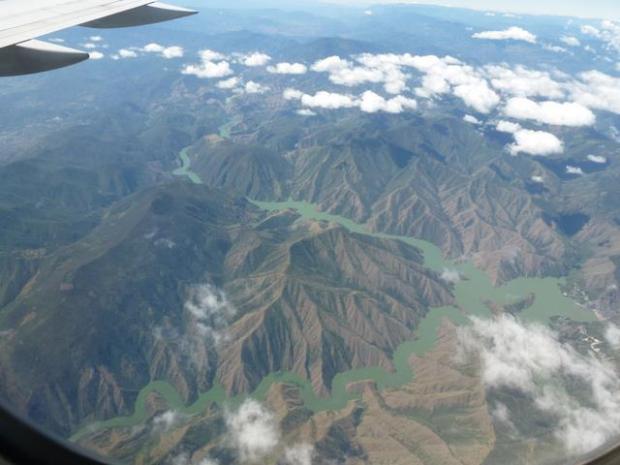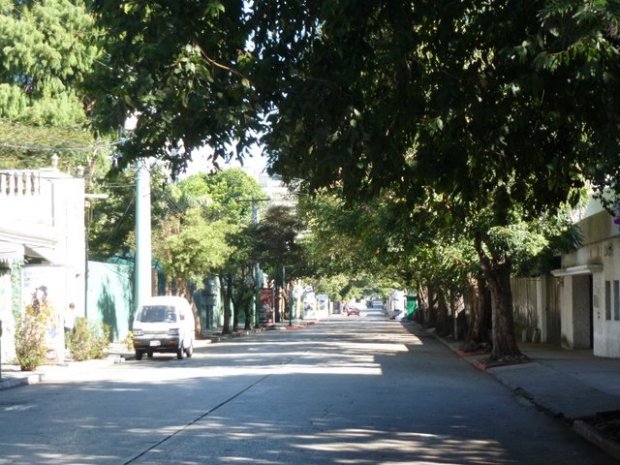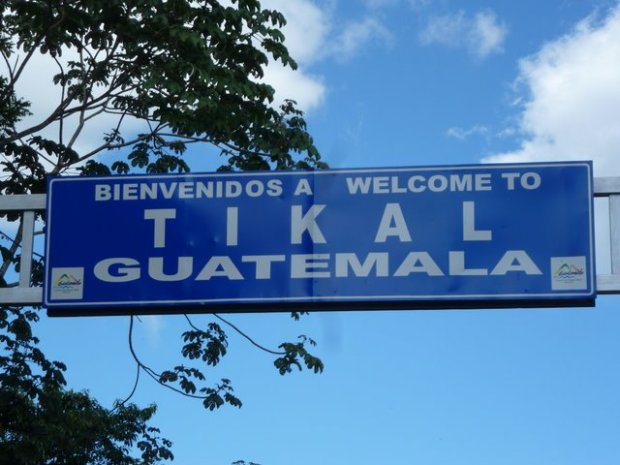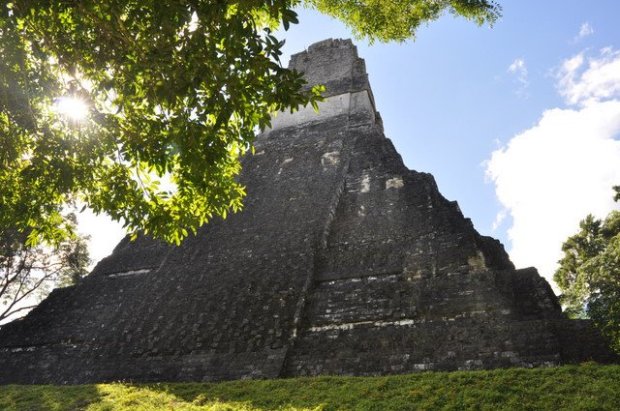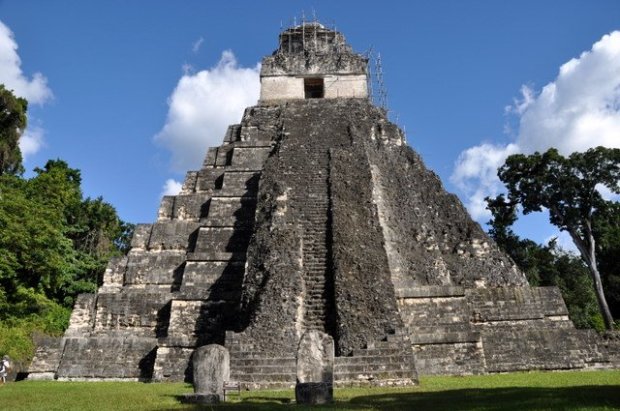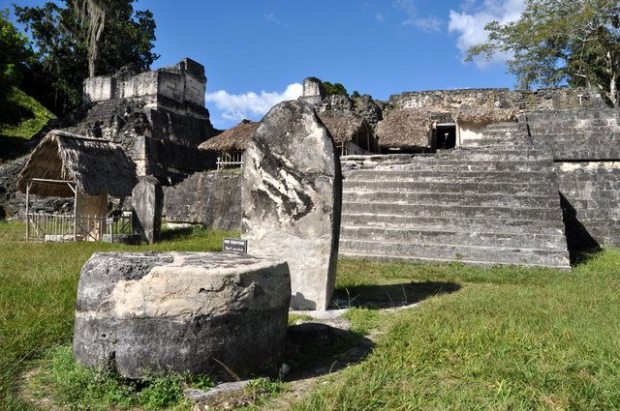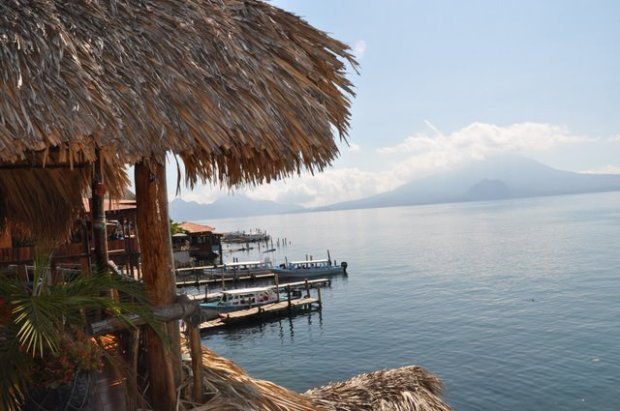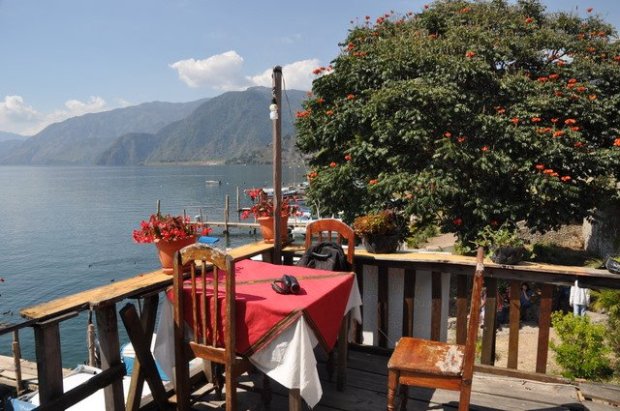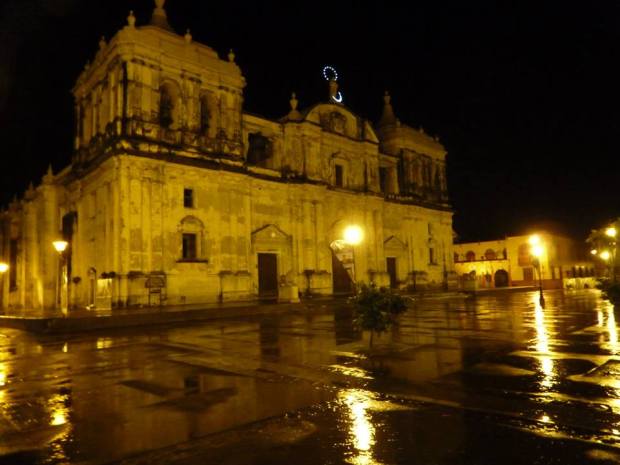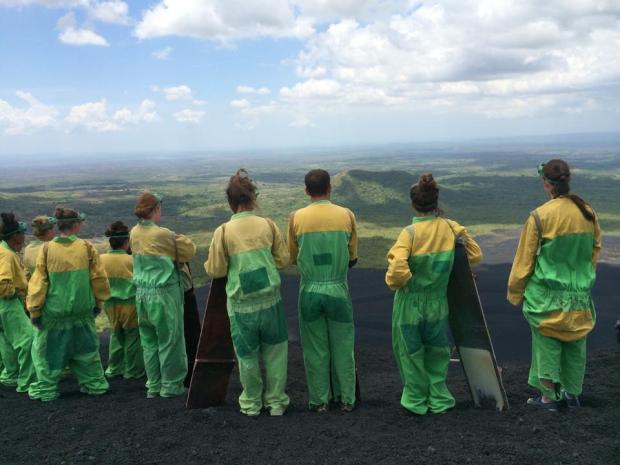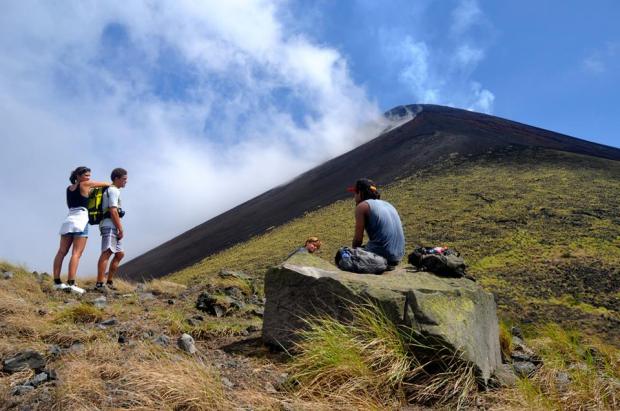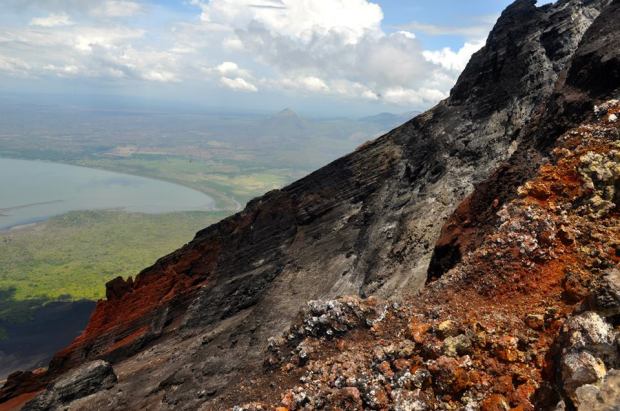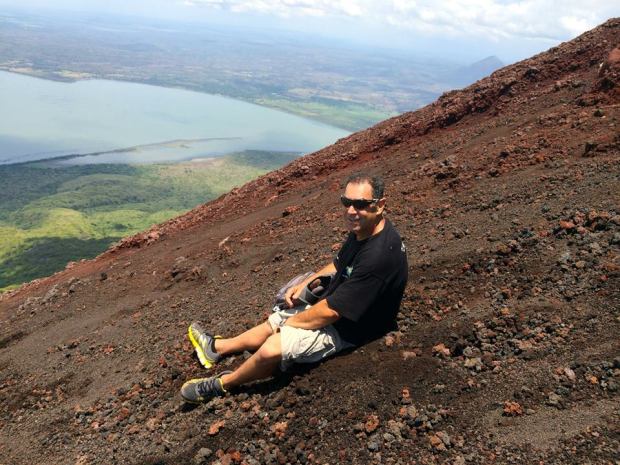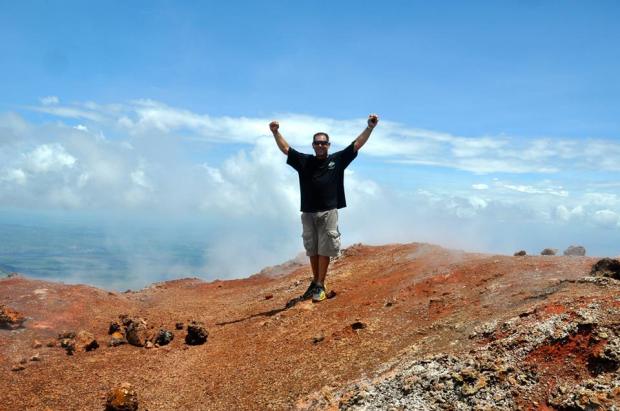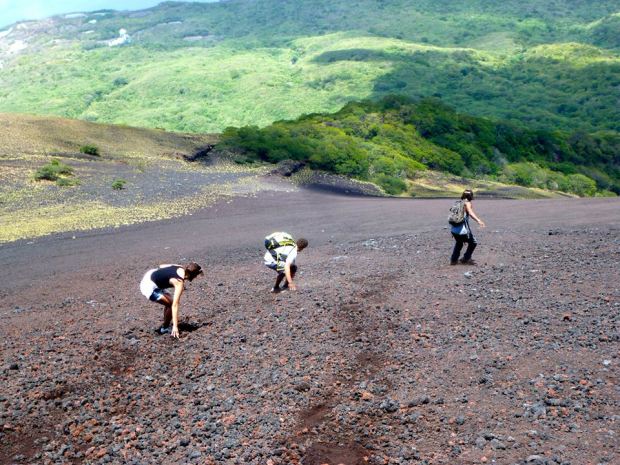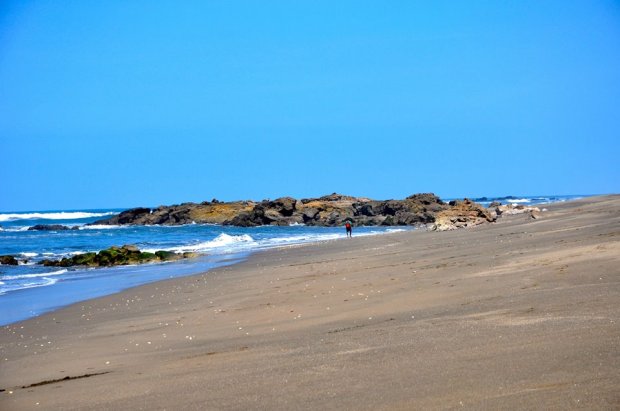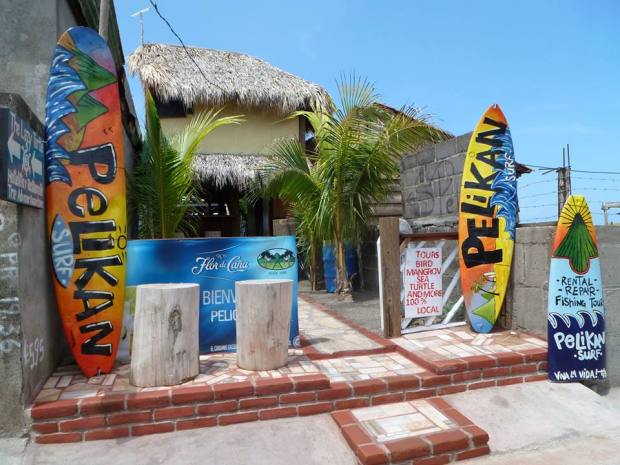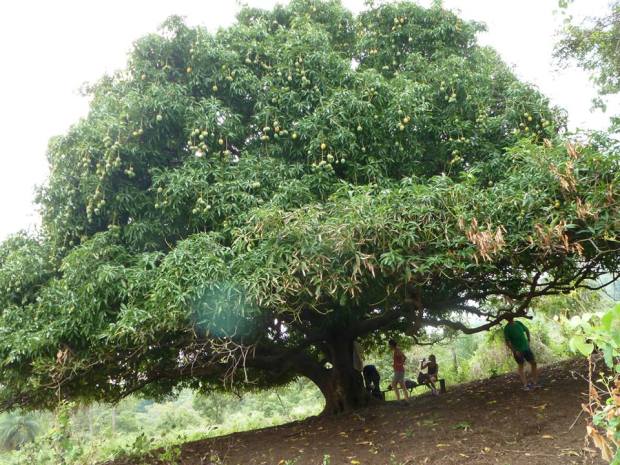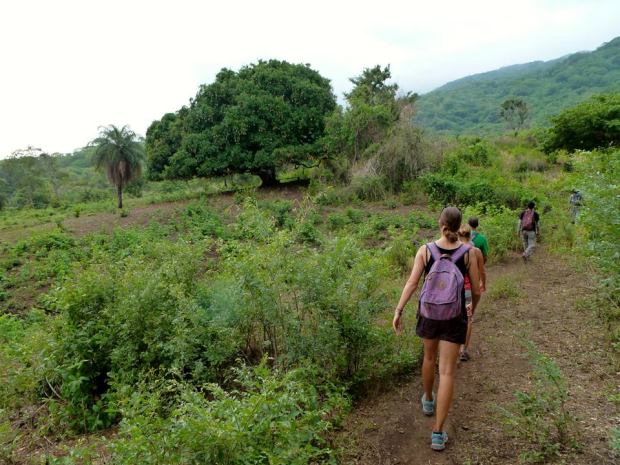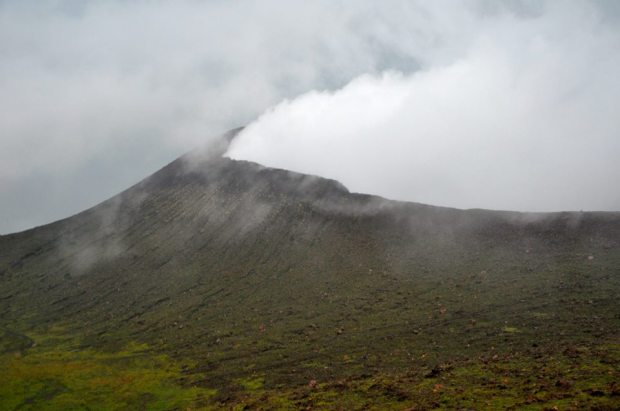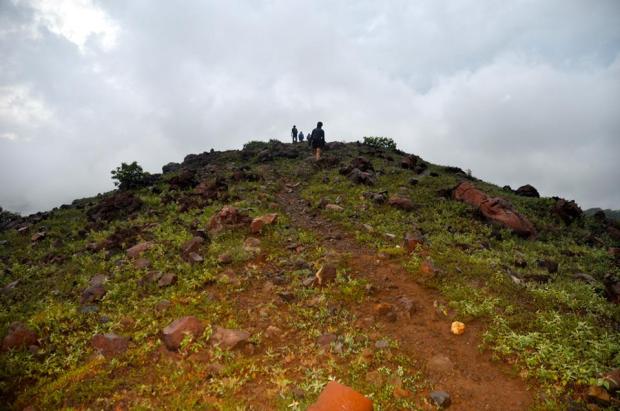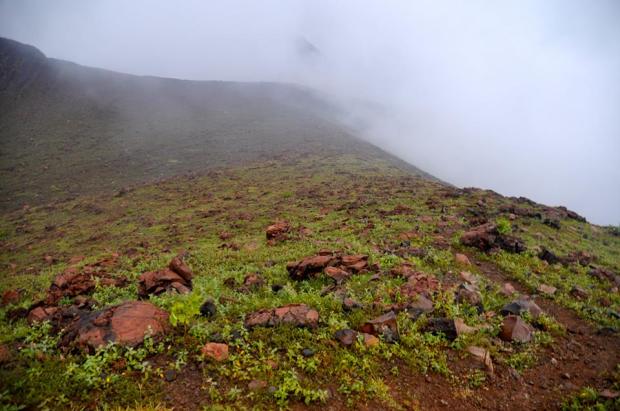Cusco, a city in the Peruvian Andes, was once the capital of the Inca empire, and is now known for its archaeological remains and Spanish colonial architecture. Set at an altitude of 3,400m, it’s the gateway to further Inca sites in the Urubamba (Sacred) Valley and the Inca Trail, a multiday trek that ends at the mountain citadel of Machu Picchu, and that was exactly our plan.
Like I said, we suffered quite a bit all night on those twisted roads of the Andes inside the bus, and now we could see the first flat portion of the road that lasted about one hour until we disembark on a small crowed and busy bus terminal.
As soon as we stepped out of the bus, we encountered overcast drizzling skies, lots of people walking with fruits and vegetables, some garbage on the curbs, and lots of stray dogs.
We checked in our hostel nearby and were greeted with coca tea and hospitality before we took a walk to recognize the neighborhood. We found some interesting shops and local restaurants with very affordable prices and good quality.
At night we went downtown, some 15 minutes away by cab. The central square was like any other major city in South America with a Cathedral, a large square called “Praça das Armas”, narrow streets of cobblestone, lots of nice restaurants, cafes, handicraft shops, and stores with hiking and camping gear. So if you forgot any item for your hiking adventure, you can buy it right there in downtown Cusco.
Cabs from the Praça das Armas to the bus terminal and the proximity cost only $3.00 Soles (Peruvian currency a $1 Sole = $0.32 U.S.) Some drivers charge $4 Soles, but I refused to pay $5 when few of them overcharged me, and simply got the next cab for only $3.
I believe 90% of the local restaurants has quality food and we were lucky to taste some very good meals. The most common was “Lomo Saltado”, some kind of steak cut in strips with fried yuca, white rice, and lettuce, tomato, onion, cucumber salad.
Another common plate was chicken stew or fried roasted chicken with rice and yuca and salad and also the famous vegetable soup. The national dish Is the delicious ceviche de truchas (Trout Ceviche) We had ceviche every day in about 5 different restaurants, and like I said before, local restaurants away from downtown is half of the price.
We also ate in a very fine restaurant with a generic name; Chifas. I was curious to know what was it, since I saw it everywhere in the city. It turned to be a Chinese restaurant, similar to our Hibachi or Mongolian Grill. Food in Peru is very good and you will surprise you, guaranteed!
The next day, we sought off to begin our four day trek through the Andes Mountains. Our guide, with Apu Andino, picked us up at 5am and we drove for 3 hours until we reached a small little village in the mountains called Soraypampa, 3,700 meters above sea level. We had breakfast in a local house with the residents, accompanied by our guide as well. This is part of the program and was in the schedule. The fun part is the feeling of blending in with the locals in their own habitat.
After breakfast, we were driven another 2 hours to the start point of our 4 day Salkantay trek into the mountains and valleys until we reach Machu Picchu.
We unloaded our day packs and gave our main backpacks to the sherpa who had two horses, food and camping supplies with two chefs. Accompanied by my two daughters and these guys, this would be our crew for the next few days.
The men left with the horses and supplies and we went on a different path, step by step, until they disappeared into the middle of the mountain range. Almost immediately after beginning the trek, the views were stunning.
One hour after we started, we had to wear our ponchos because the rain started picking up. The landscape changed drastically basically every hour. Sometimes we walked on small rocks, then a mossy kind of swamp, then firm ground, then loose gravel and so on. However, it was almost all uphill. We enjoyed every bit of it and hours went by very quick.
By noon, I started to feel some pain on the back of my neck, and it increased by the minute. Then I felt my stomach being upset and then sinuses hit too. I was in total discomfort and has multiple bad feelings at the same time. I was out of breath and getting very tired, caused by the altitude.
By 1:00PM we reached the first camp were tends were assembled and the chefs had cooked our lunch, but I was so sick I could not enjoy like I should. Ericka and Ashley were ok, but I had to have some oxygen before I started eating. The meal was amazing with three courses. I ate just a little and was sorry for not have finished the entire plate, but none I could do that moment.
It was rainy and freezing in the high mountains, and the only comfort we had were the rhythmic steps climbing higher up the mountain. After lunch we started climbing the hardest part of the hike. We were 4,610 meters above sea level and the hike was brutal. Ashley was doing all right with our guide Antonio, Ericka was pale, but walking behind them, and I was in completely pain, dragging my feet, way back in line. I stopped every 7 or 10 meters, and simply could not walk! It took forever to beat this hour and a half climb and I think I stopped about 25 times during this stretch.
I remember looking to my daughters and asking them all the time if they were ok. They always said yes and we kept walking and walking. Finally we reached the top and I felt a great relief because not only we got it, but from that point on we would start descend for many hours.
I want to thank Antonio for the great moral support he gave me, because even though my steps were like of 100 year old man, he always said I was doing good and to kept going, and that I would be fine. It was true, and I did it!
The descent was good and I was feeling much better. It felt better also, because my muscles didn’t hurt anymore.
The landscape also changed a lot by the hour and we noticed the kind of tropical vegetation started to show up. The lower I got, the more familiar it became to us.
After many hours walking, my stomach started acting weird again and I did not wait a minute. I threw up, and instantaneously felt better.The night was approaching and we needed to walk a little faster to reach the camping base, and just before night, we stumbled safely into camp, running on pure adrenaline.
It was a beautiful plain with high mountains topped with snow all around us. The melted snow would form little creeks that came down from everywhere, creating a amazing sound of running water. It was paradise on Earth!
The place had two houses apart from each other’s some animals, and a structure for camping with two bathrooms with a bowl and cold water shower.
Our tents were assembled and the chefs were preparing our dinner. I slept for about 15 or 20 minutes and joined them on a main tent. Rain came down hard, and we had some hot coffee, water crackers with butter, popcorn and hot chocolate. We feel so good.
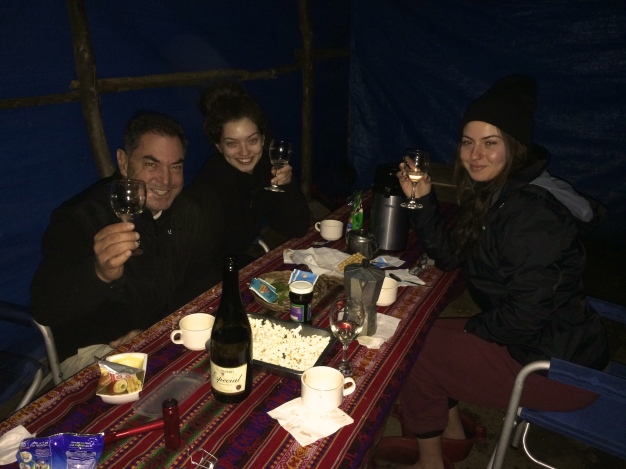
We talked for about one hour while the rain was coming hard producing a very nice sound to our ears. The dinner came after the coffee and again, the chefs did not disappoint us, the plates were well done and elaborated with elegance. It was delicious and beautiful. After this delicious meal, we stopped fro a moment to pray and cheer the moment, it was New Year’s Eve and we celebrated the date with a bottle a champagne opened by our guide and friend Antonio. Antonio expressed gratitude towards pachamama, the mother earth goddess of the Andes, and we all poured our first sip of champagne on the Earth. The moment was serene and very moving, and I thanked God, the universe and life for being alive and enjoying so much. Life is too short for not to be lived well.
After that long day, excellent dinner, I crashed on my tent and slept tight until 6AM with rain on us all night. My tent was placed between two creeks and sometimes I thought water was approaching it, but it was only my impression. Despite that, it was extremely humbling to sleep amongst the grand mountains and the sound of a roaring creek in a small tent.
The next day came quick, and I was I brand new man! It was the first day of the year, and I definitely felt revived. I woke up earlier than everybody and opened the tent to a new sunny day.
I was in shocked to see the exuberance of the nature and beauty of the valley. It was interesting to compare the scene from the previous night, due to my perspective changing from my energy. Mount Salkantay was right there, almost in front of us with it’s 6,235 meters high! It was fantastic!
The photos themselves show the incredible sensation we had of being inside the movie Lord of the Rings.


I walked all around the camp and tried taking some photos at different angles, while enjoying the morning dew and first sun rays. Later it became cloudy, but still beautiful.
The girls woke up with a smile in their face, and we all brushed our teeth, washing our faces with ice cold water and heading back to the tents for breakfast.
With our stomachs full, we started our downhill hike alongside loud raging rapids with crystal clear water from melted snow from the mountains.
We descended all day, and after 5 or 6 hours, my legs started hurting some, but we proceeded always going down and enjoying the beautiful landscape, which was very different from a day ago.
The river next to us grew immensely, and so did the loud sound of the rapids.
We ended up on some kind of ranch with chickens, cows and horses. We walked across a black mud track, entered the property and waited for our guides.
This property was the final point of this stretch, and we said farewell to our sherpa and his horse. A 4×4 jeep picked us and drove for 2 hours to a village called Santa Teresa, were we met a coffee grower and his family.
The dirt road that lead to Santa Teresa was extremely narrow and dangerous with a huge cliff on the side, and the 4×4 drove right on the very edge of the cliff, giving us a bad sensation and fear. Luckily we made it safe and enjoyed a quick lecture about coffee and how the community works together.
We first-handedly learned about the different coffee plants, as well as plantains and avocados. Ericka picked an avocado high in the tree, and we moved on to further observe the coffee process. We had a chance to roast and grind the coffee beans, and enjoy the freshest peruvian coffee with cake offered by the home owners. We ended up buying two bags of coffee from them, and I gave one to a friend in the city of Jasper, in Alabama. (They are coffee lovers and I hope they enjoyed it!)
Our lunch was also served in this house, and from there we went on to a final destination of the day, a camp site at thermal water pools, Aguas Termales.
There were three pools with round rocks on the bottom that massaged our feet as we relaxed our muscles in the super hot waters. There were four water pipes carrying water to a drop where we could sit and have all that water on our backs! That was priceless! Next to that, there was freshly cold water from the water falls and it was amazing to chill your bones with the cold water before ultimate relaxation in the hot water.
Our tents were near the pools, and at night we had a wonderful dinner with Peruvian wine.
The next morning we woke up early and went straight to the pool to have a relaxed massage in hot waters. We met some locals and a special little boy who did the same track we did. He was with his father who is a guide, and our guide, Antonio’s, friend. It was amazing to meet this beautiful boy full of energy on the same journey as us.
Ericka woke up feeling sick, and threw up a couple of times that morning, but still wanted to keep going. We left by car to a place called Hidroeletrica, where is the starting point for most back packers to reach Machu Picchu.
The road was interesting with huge cliffs as usual, but we were more used to them now, and one hour later we disembarked in Hidroeletrica.
Our track in this third day was very easy. We walked 11 kilometer on a train track until we reach Aguas Calientes, the village right below the ruins of the ancient city of Macchu Picchu.
The hike was very nice, but at this point Ericka and Ashley had upset stomachs, which made their day miserable. I was very sorry about them and sometimes very worried, but we all made it safe by the end of the day.
AGUAS CALIENTES
We arrived late afternoon at a hotel booked through the tour. This was our first day with a warm water shower in a week. The river that cross the village was furious with high fast rapids and mud color waters.
The village is only reachable by train or hiking, of course, and downtown looks like a train station with bars, stores, hotels and restaurants.
Our hotel was right up there, on the train platform, next to a beautiful fine restaurant. After a hot shower, we all came down and enjoyed a delicious dinner and a warm rice pudding as a desert.
Next morning we woke up at 5am, had breakfast and left the hotel at 5:45 to be in line for the buses that would take us to the top of mountain where Maccu Picchu is located.
The line was immense at that time, and I imagined people started coming as early as 4 O’clock. Our package for this tour had the tickets for the ruins included, so we just hopped on the bus when our turn came.
A twisted road took us all the way to the entrance of Macchu Picchu, and as soon as we had the first glimpse of it, we were astonished! How wonderful! How magnificent! It is a wonder of the human race! Amazing and awesome in every way!
We walked pretty much every where, exploring every corner, every stone, every structure. It was simply fantastic!
We spent all day going up and down the stairways, alleyways and pathways, so we knew pretty much every thing except the two peaks, on on the left and one on the right side of the city.
Those peaks were very high and required not only a person in good shape, but extra time to climb hundreds and hundreds of steep steps all away to the top. I will definitely will do it on my next visit to this wonderful place.
At the end of the day we hopped on a train with panoramic ceiling and traveled maybe 2 hours to a city that our van was waiting for us. From there we travelled another 4 hours until Cusco, where we only arrived at night.
CUSCO
Again in the city we had been a week ago, we started exploring the alleyways of downtown where you can find interesting cafés, restaurants, churches and nice handicraft stores.
We ate at fine restaurants and in particular one hamburger place called Papachos. The owner of this restaurant is the famous Peruvian chef Gaston Acurio, and we had the privilege of tasting some of his creations.
One funny thing happened in Cusco. The girls and I decided to have a massage to help our sore hiking muscles, so we went to this place near Plaza de las Armas, and laid down on the beds. We waited one hour up there and I ended up sleeping, and when the massage started, we noticed they had no clue what they were doing. It was horrible and funny at the same time. When we left, we joked about the owner going out on the streets and getting random people to help, which ended up taking an hour. Reality is; they probably did not have a professional working that day and there were three of us, so they had to find just about anybody to perform the massage. Hilarious!
On the last day in Cusco, we took Ashley to the airport so she could go back to the U.S. And return to work, and after a sad farewell, me and Ericka went straight to the bus terminal and got a bus to Puno, to visit Lake Titicaca.
Spending time in the Cusco bus terminal was absolutely horrible. The terminal was overcrowded and disorganized, with no infrastructure for the amount of people traveling.



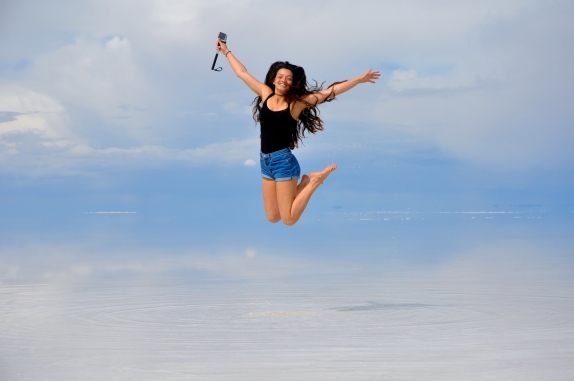




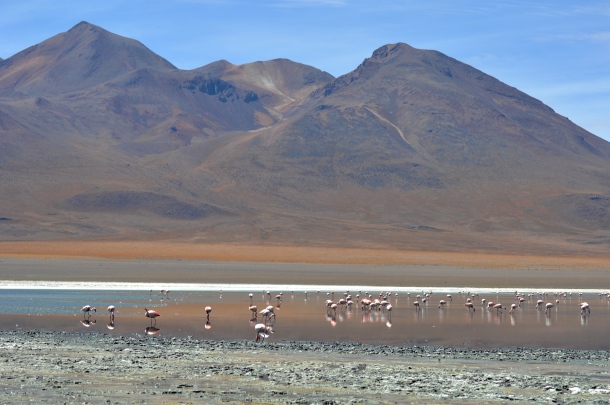
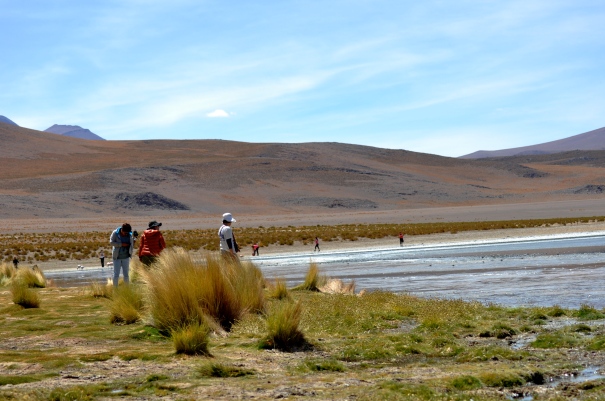





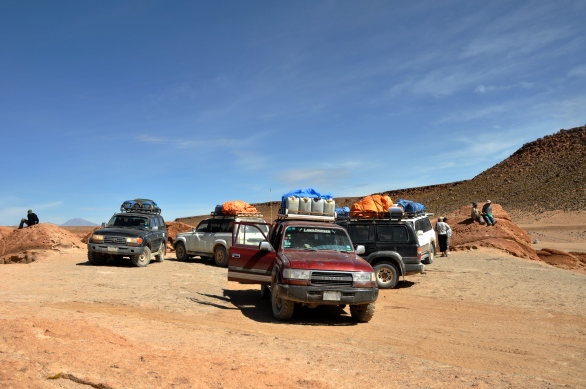







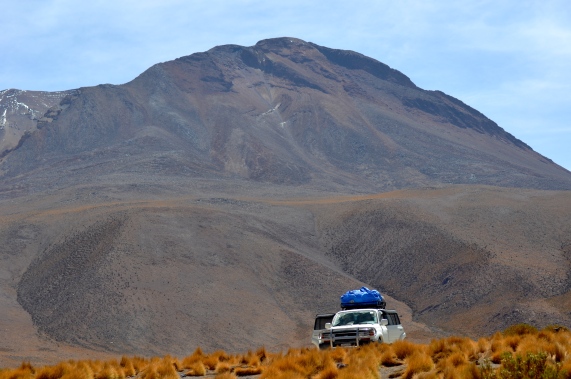

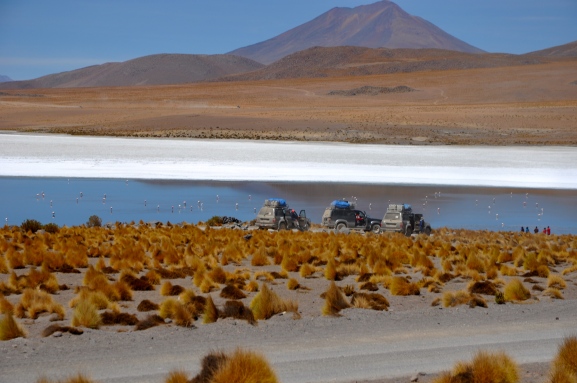
 It’s simply to much to describe and I prefer just to post the wonderful photos and let you decide by yourselves.
It’s simply to much to describe and I prefer just to post the wonderful photos and let you decide by yourselves.
 The sight was impressive because it was early morning, temperature was minus 7 degrees centigrades, and you had to undress to go inside the lagoon. Hard to do.
The sight was impressive because it was early morning, temperature was minus 7 degrees centigrades, and you had to undress to go inside the lagoon. Hard to do.

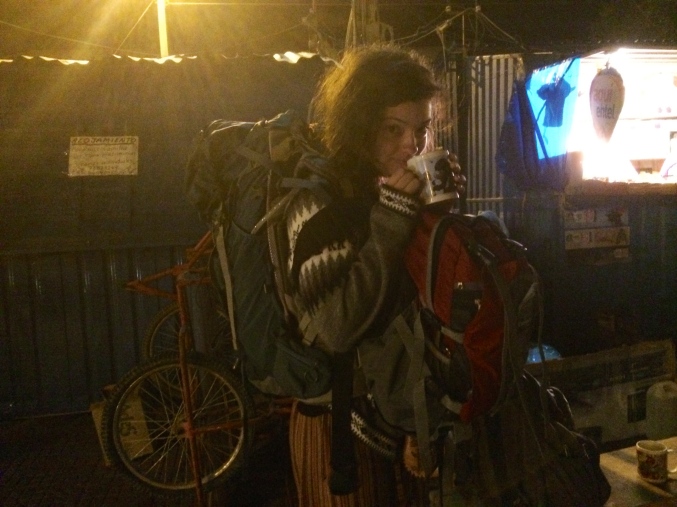





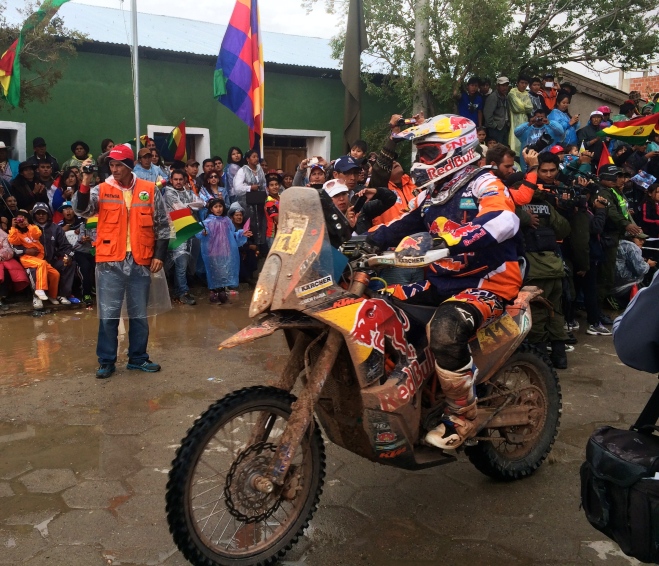






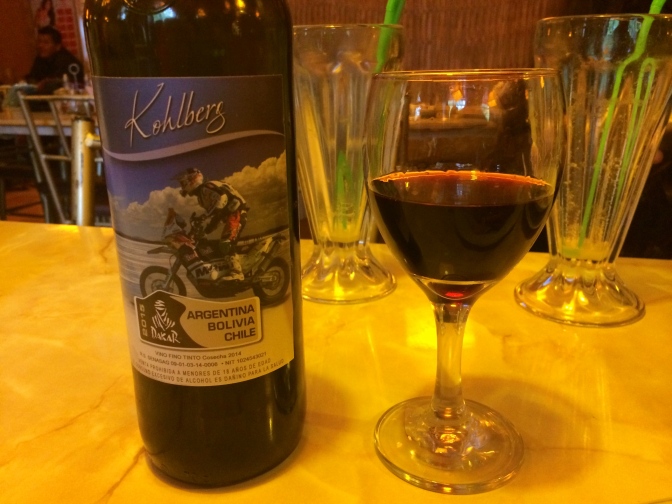


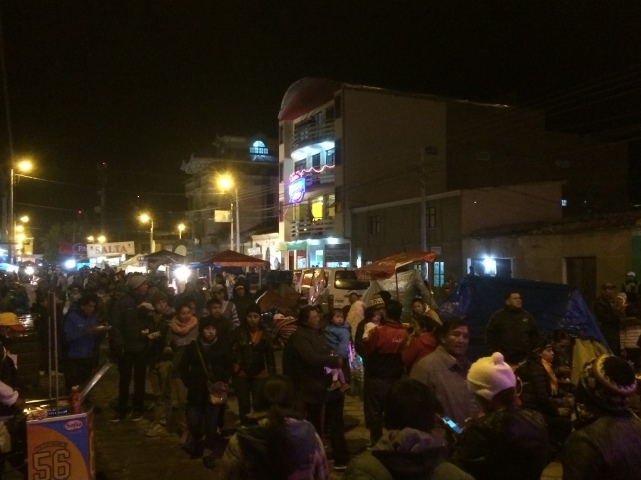





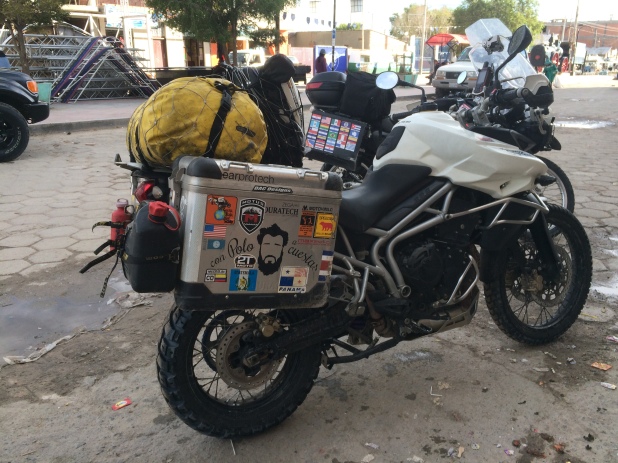




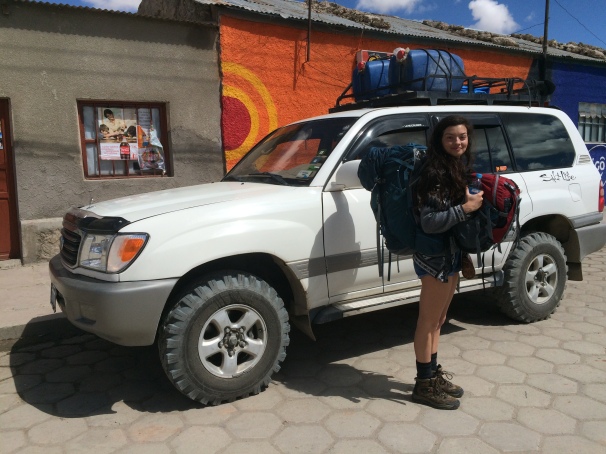






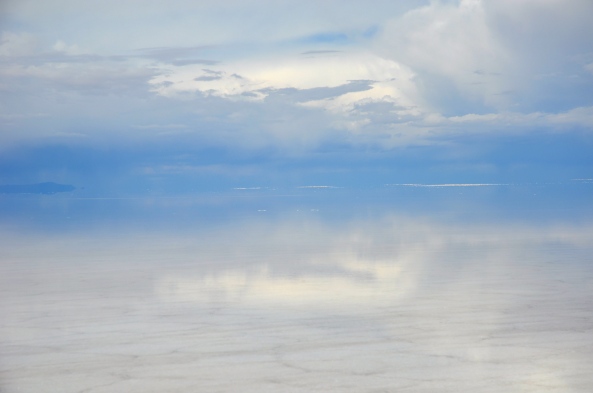
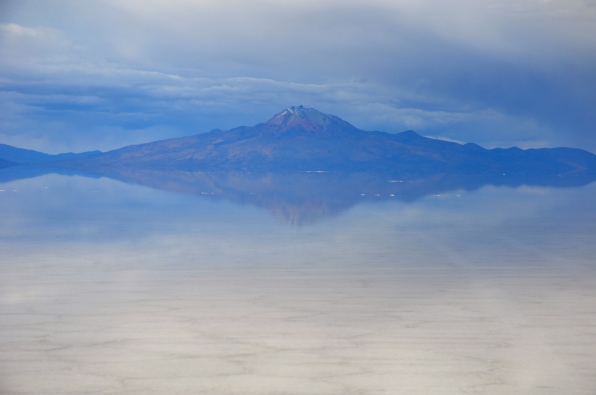

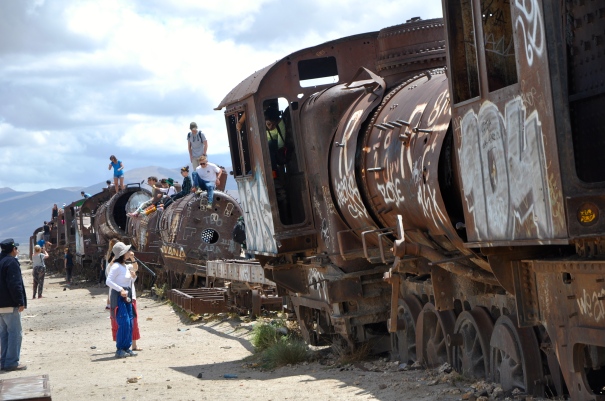

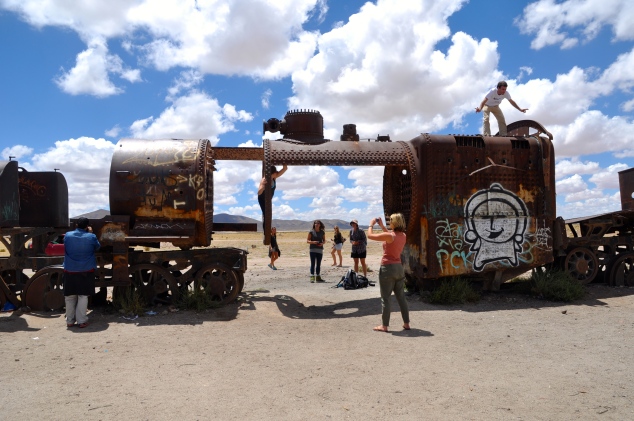


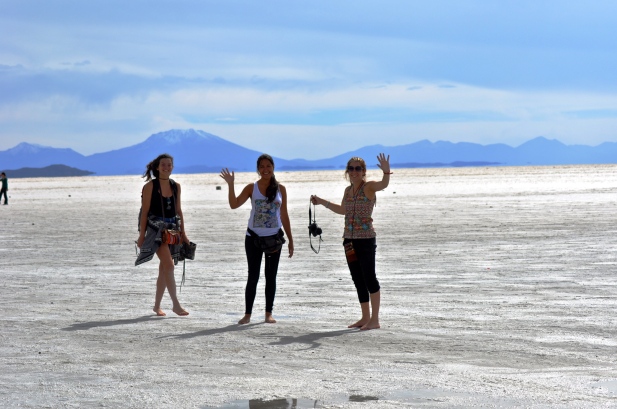
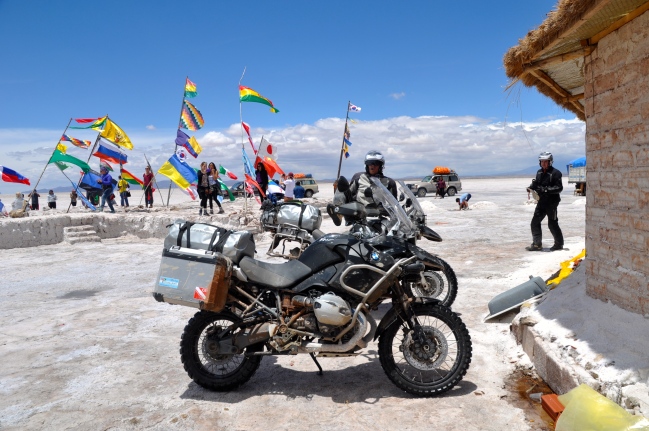
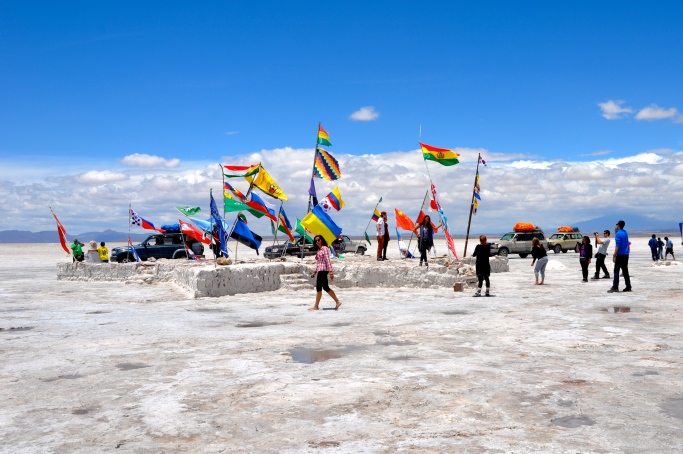

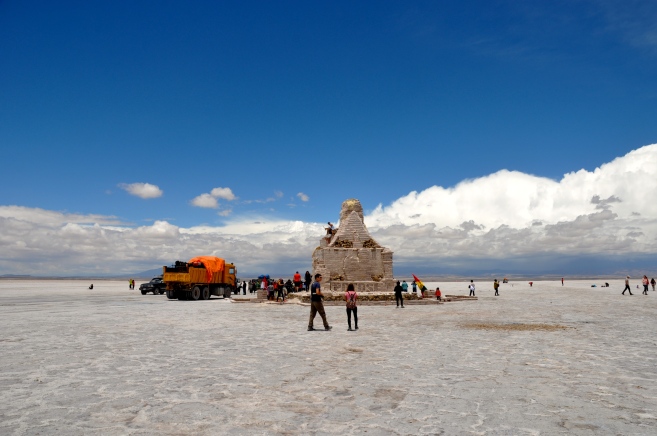




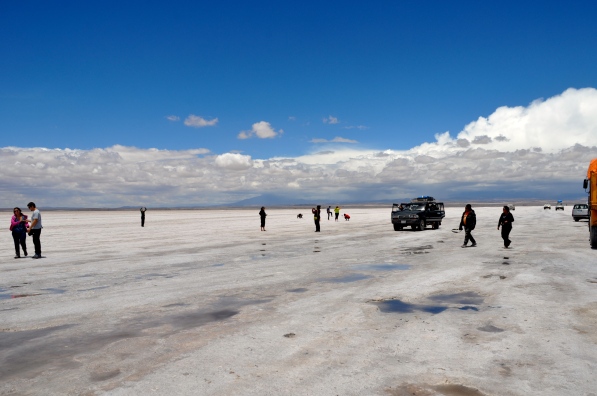









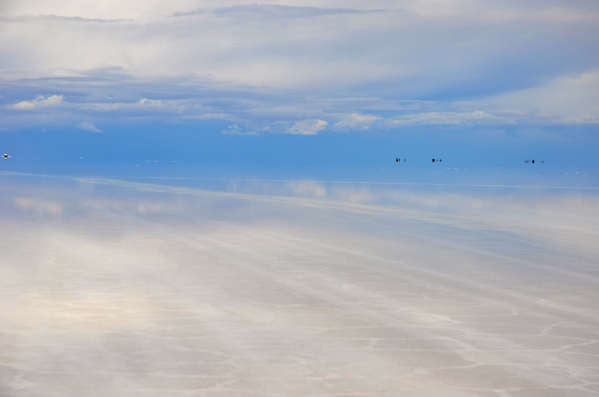
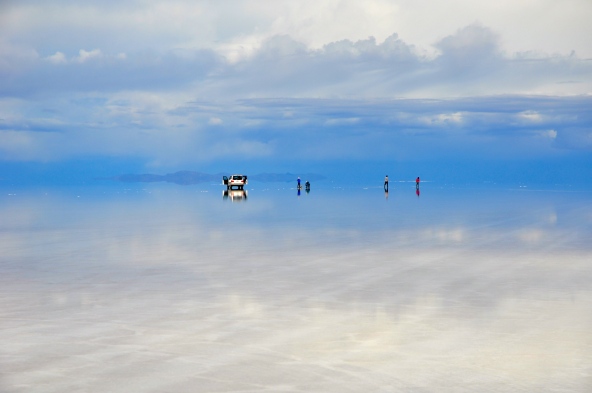




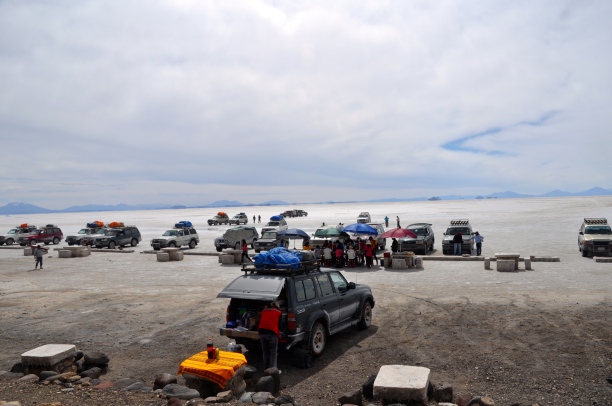

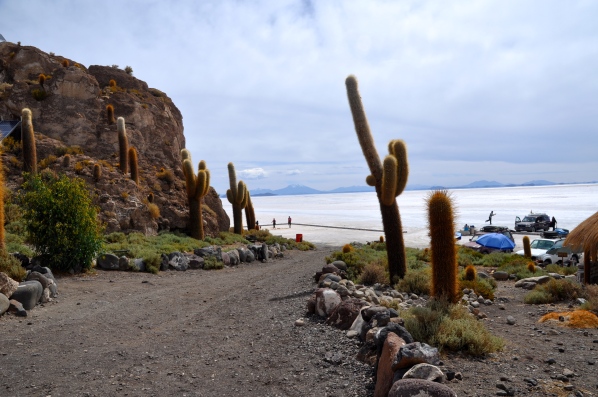



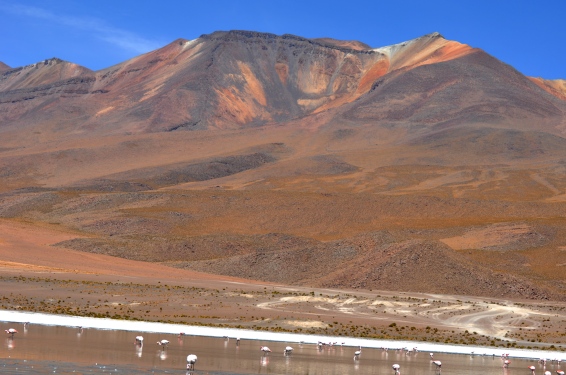




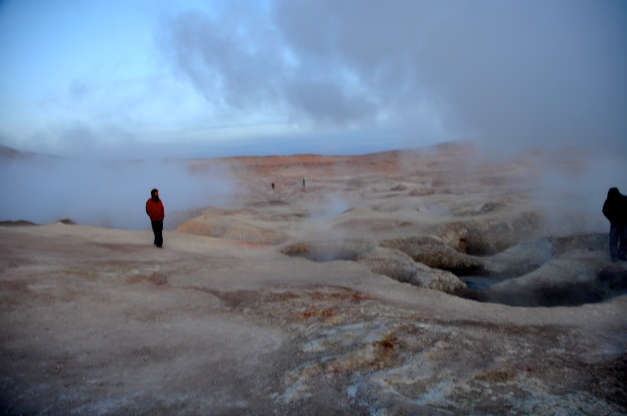

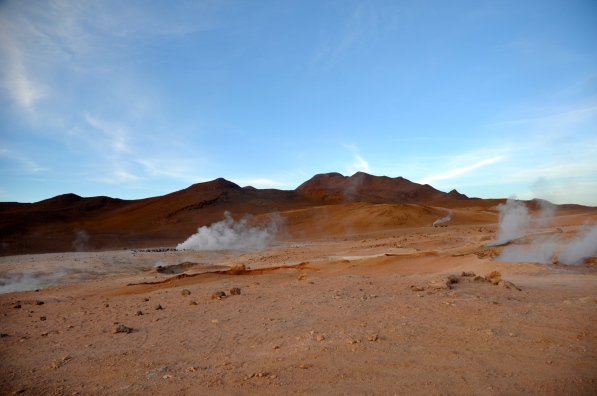


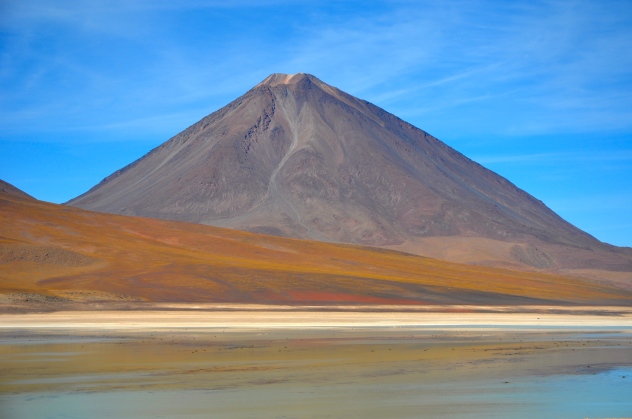

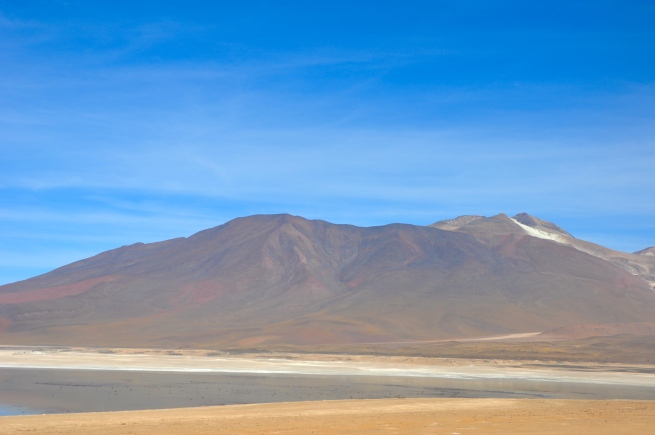
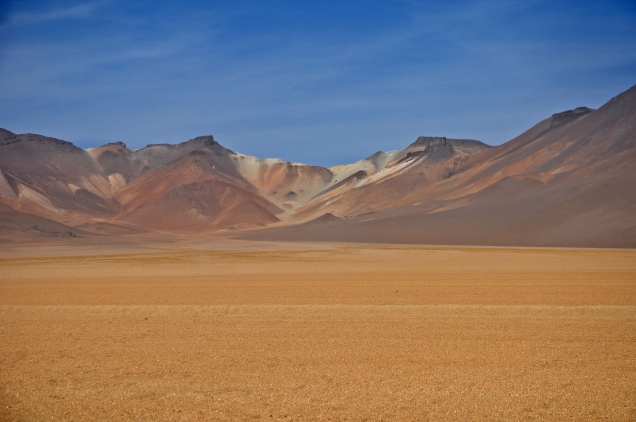
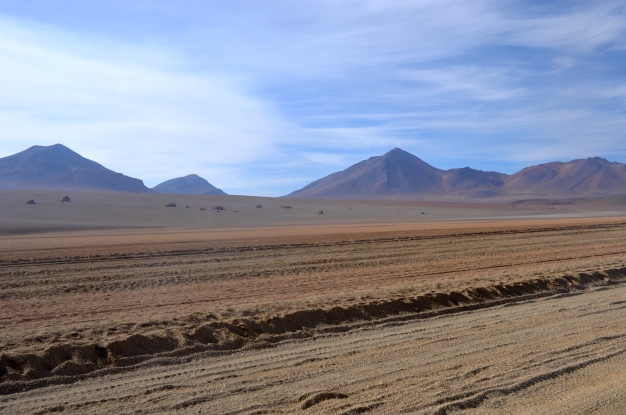


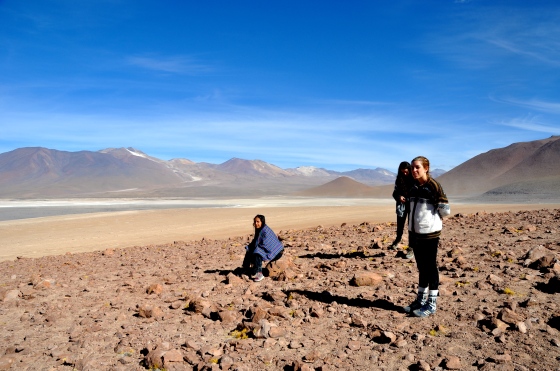

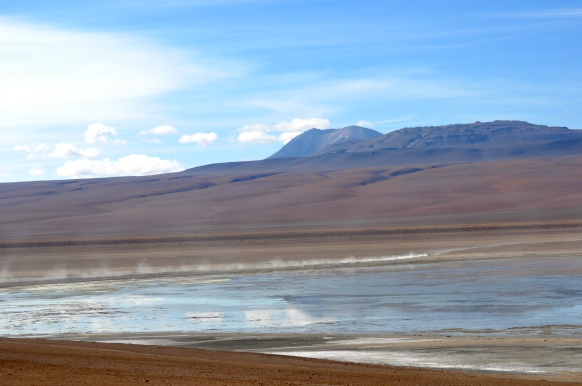






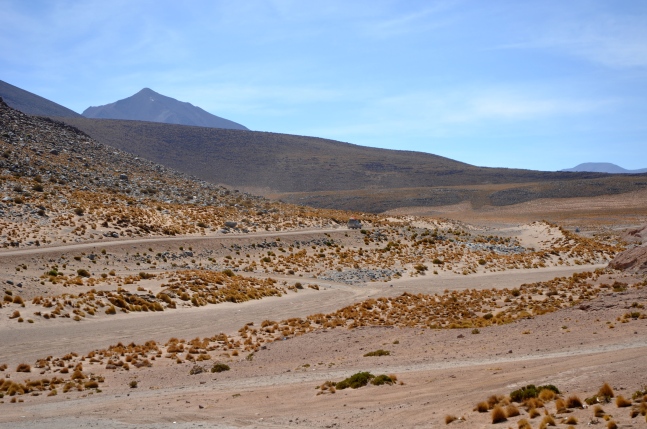






































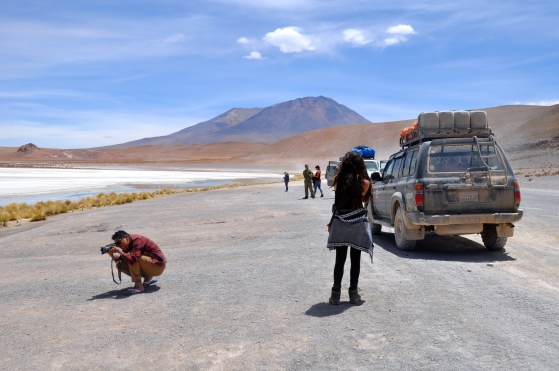




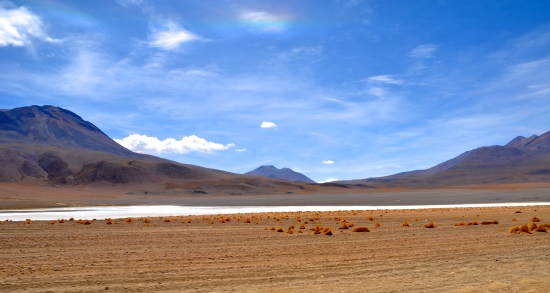

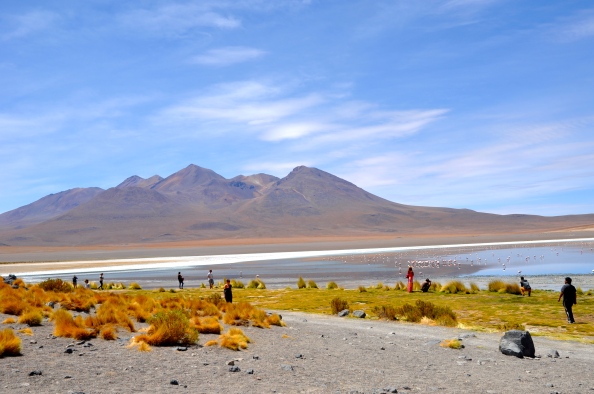



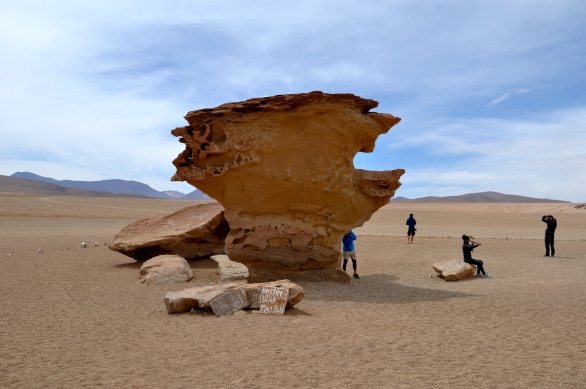
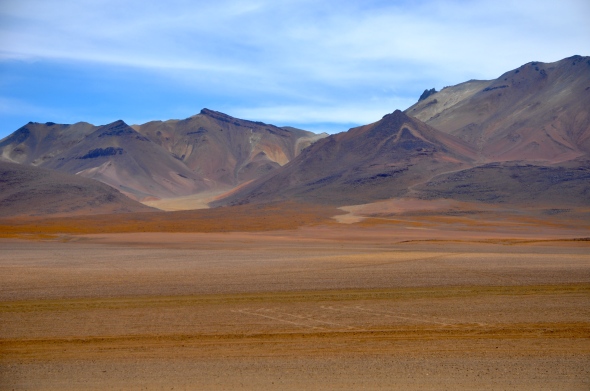
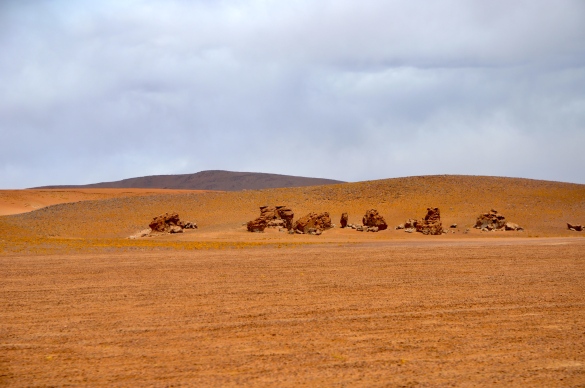


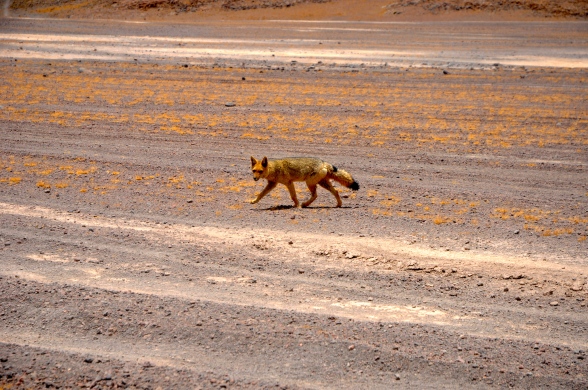



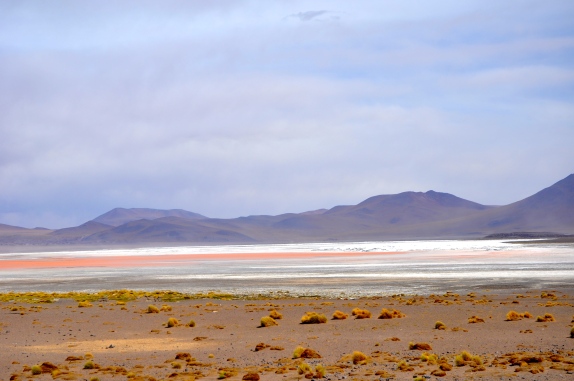


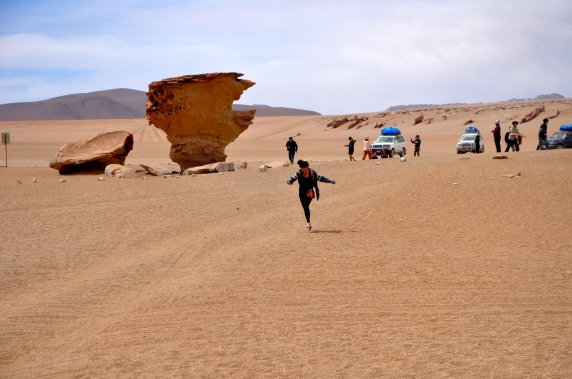
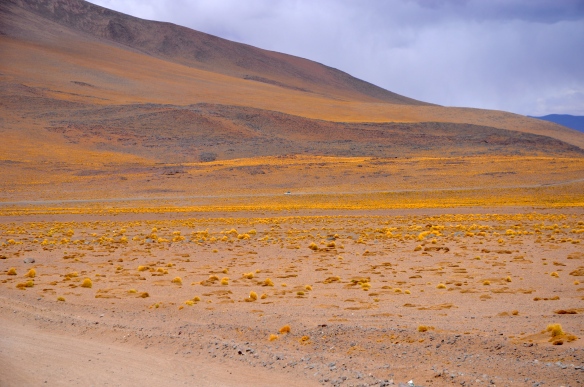




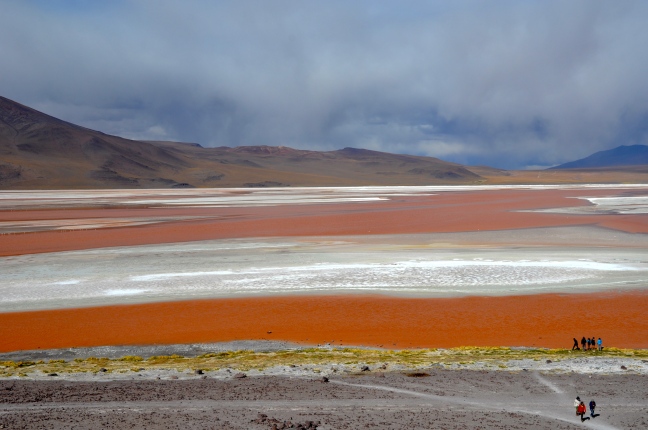


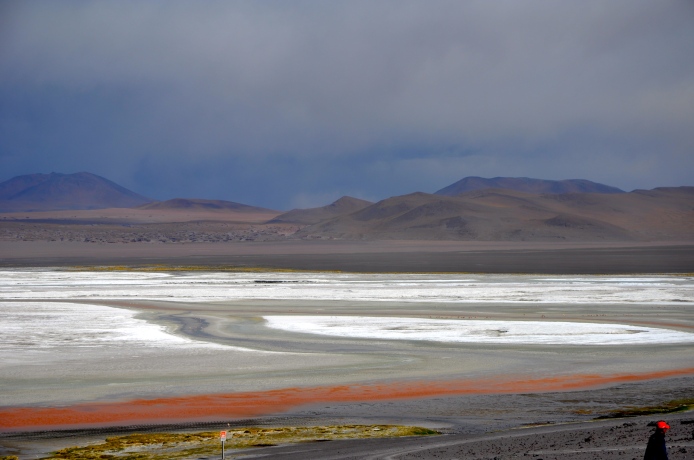























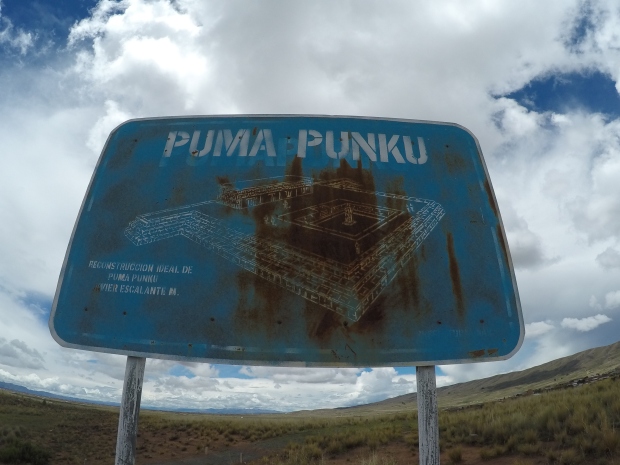

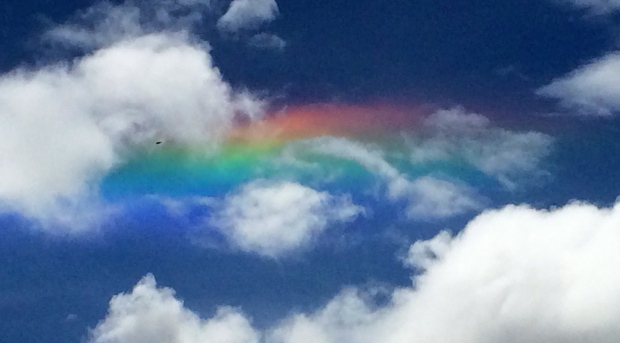
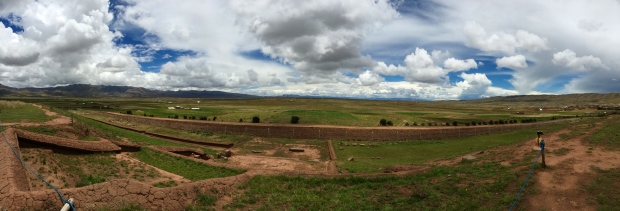




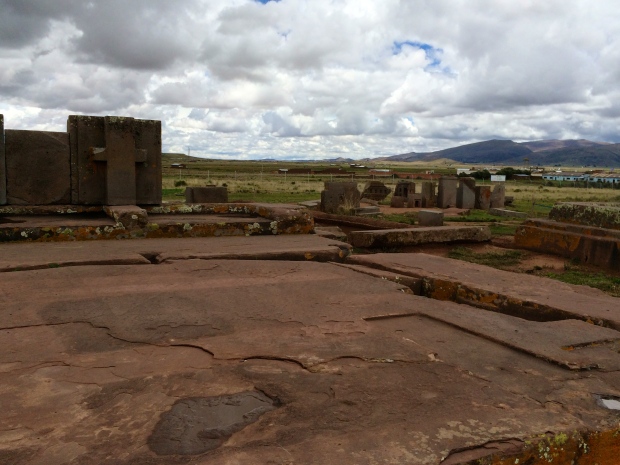

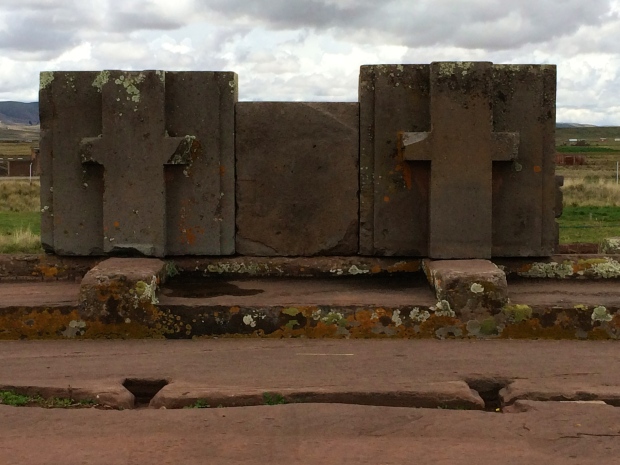
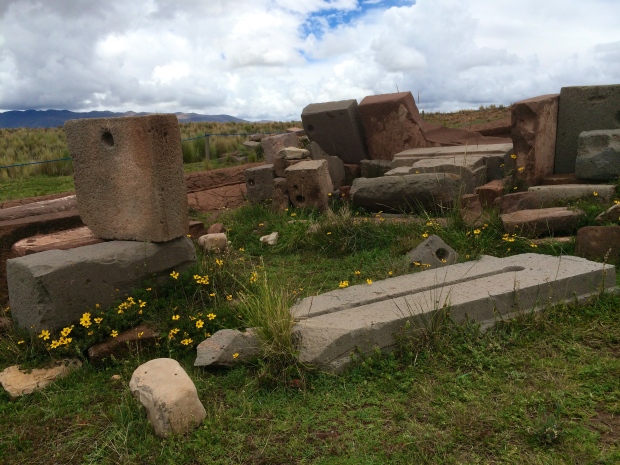




















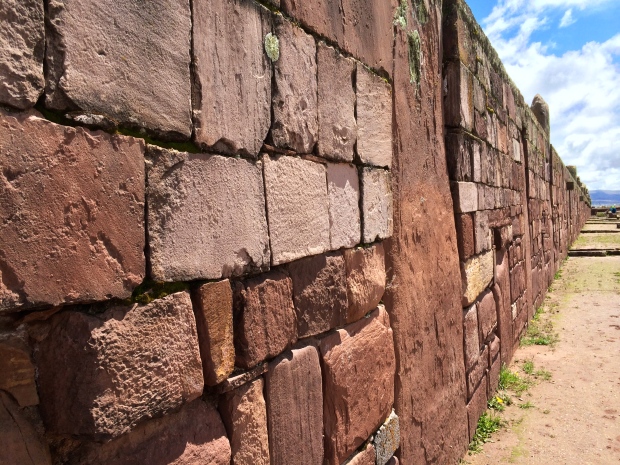


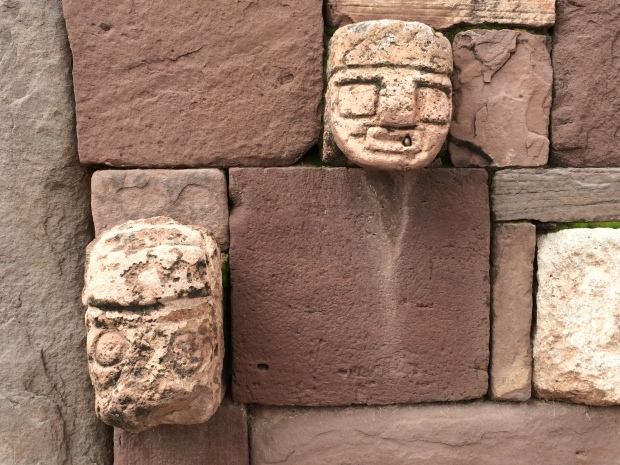

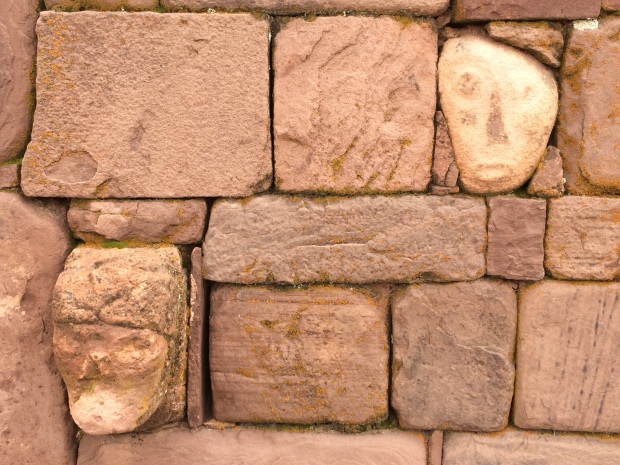












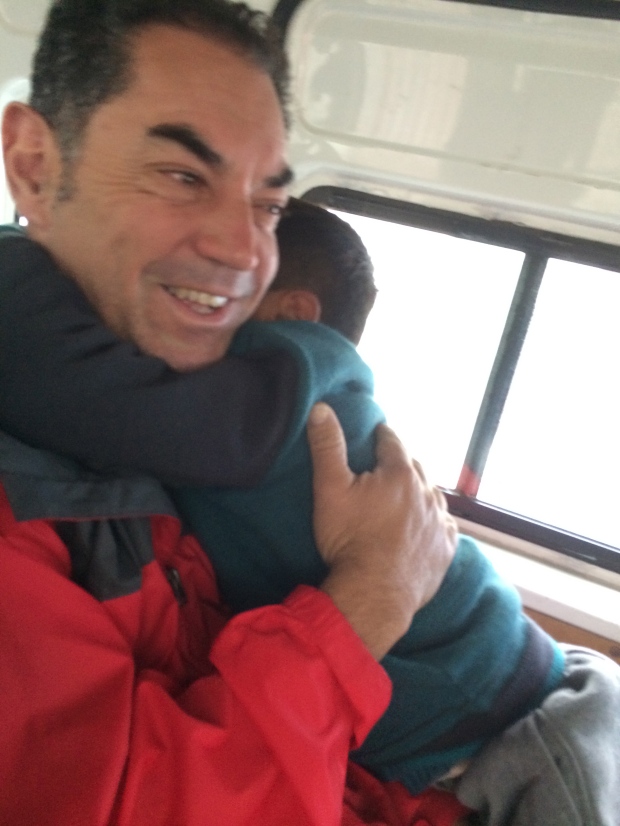

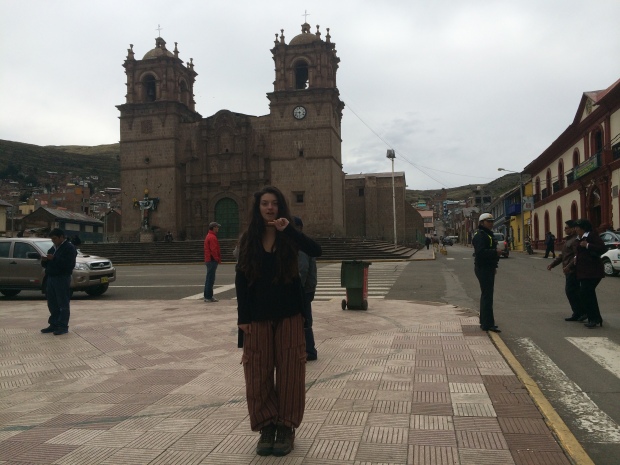

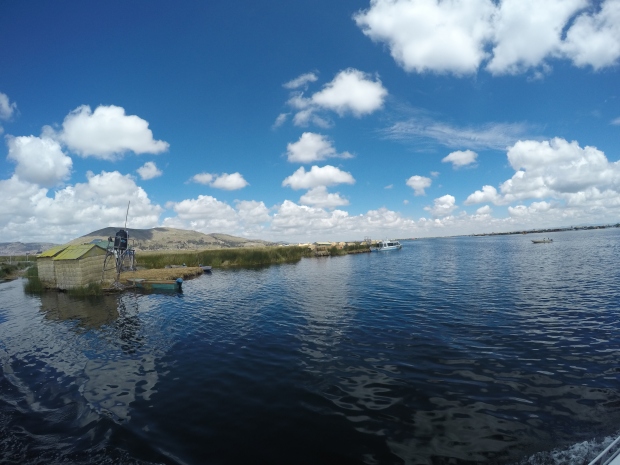
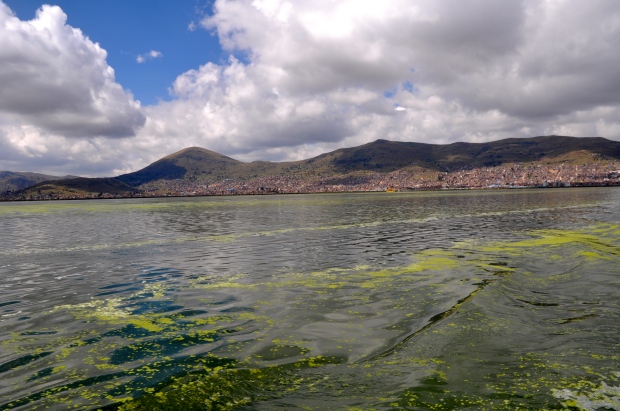






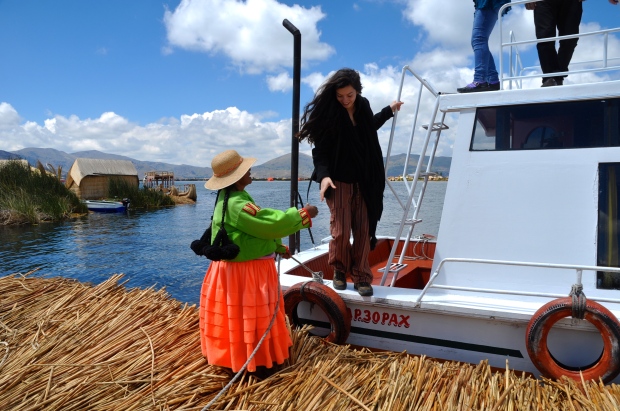





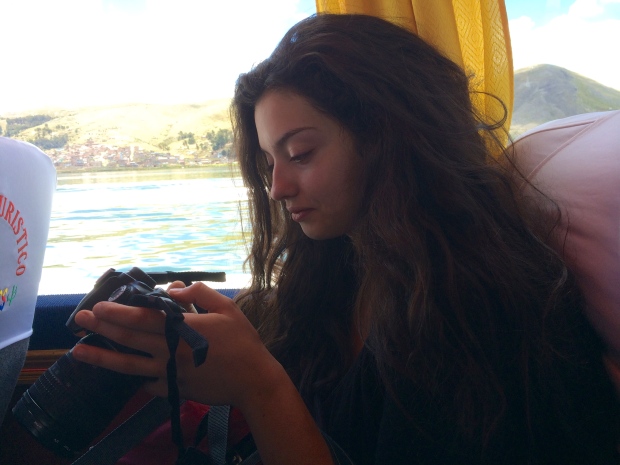




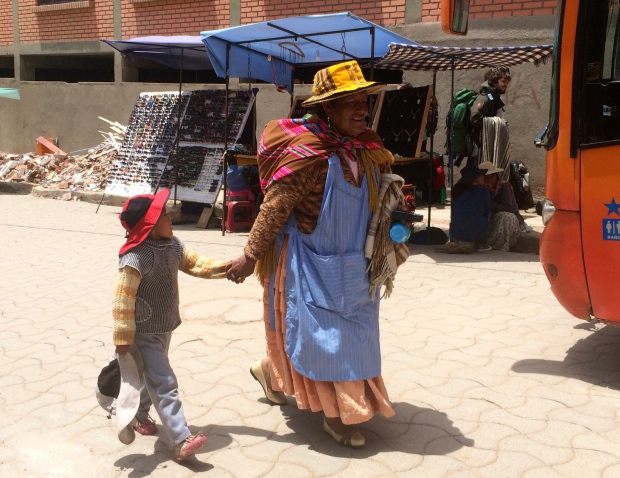



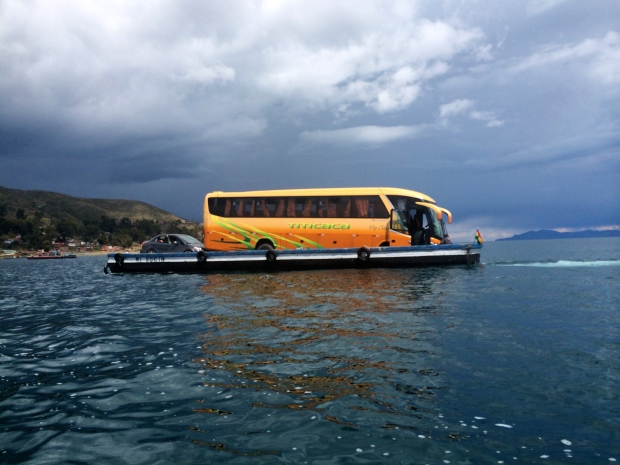
 The next day, we caught a bus from Ica to Nazca via the Soyuz bus company. The buses usually run every 30 minutes to Nazca and cost about 13 soles. The two and a half hour ride was visually stunning and much more impressive than Lima to Huacachina. We got a true sense of being in the middle of the desert– complete with endless valleys, mountains, and cacti. As soon as we arrived in the Nazca bus terminal, we immediately looked for and bought tickets to Cusco, our next destination. We didn’t have any reservations, plans, or bookings. All we knew is that we wanted to see the infamous Nazca lines. Leaving the terminal, a man approached us offering a taxi ride and a nice hostel. We ended up at Nasca Hostel, a comfortable hostel filled with backpackers, incense, and cats.
The next day, we caught a bus from Ica to Nazca via the Soyuz bus company. The buses usually run every 30 minutes to Nazca and cost about 13 soles. The two and a half hour ride was visually stunning and much more impressive than Lima to Huacachina. We got a true sense of being in the middle of the desert– complete with endless valleys, mountains, and cacti. As soon as we arrived in the Nazca bus terminal, we immediately looked for and bought tickets to Cusco, our next destination. We didn’t have any reservations, plans, or bookings. All we knew is that we wanted to see the infamous Nazca lines. Leaving the terminal, a man approached us offering a taxi ride and a nice hostel. We ended up at Nasca Hostel, a comfortable hostel filled with backpackers, incense, and cats.





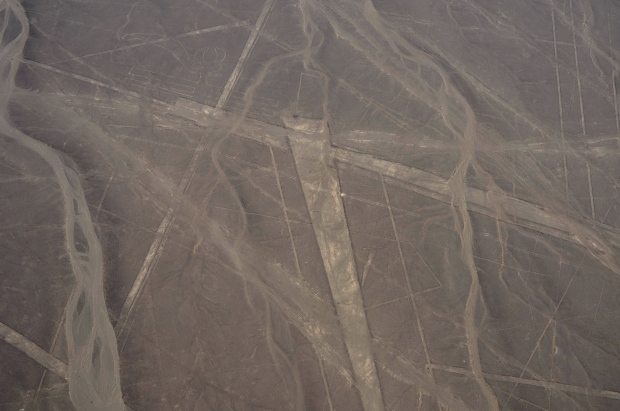
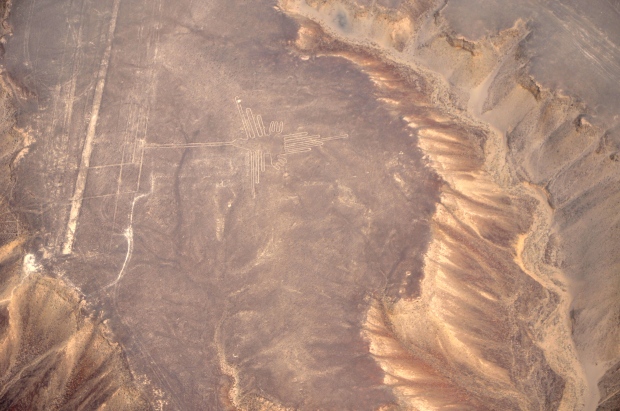

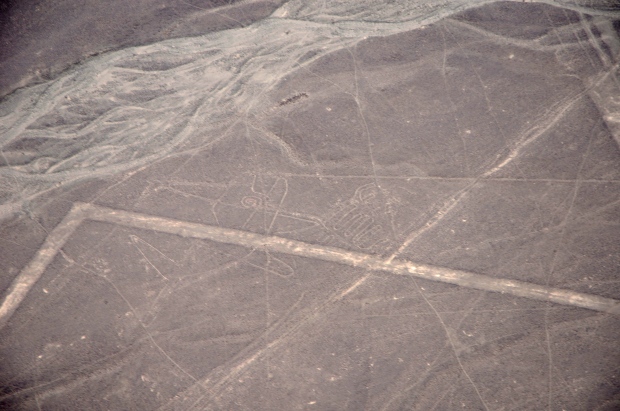
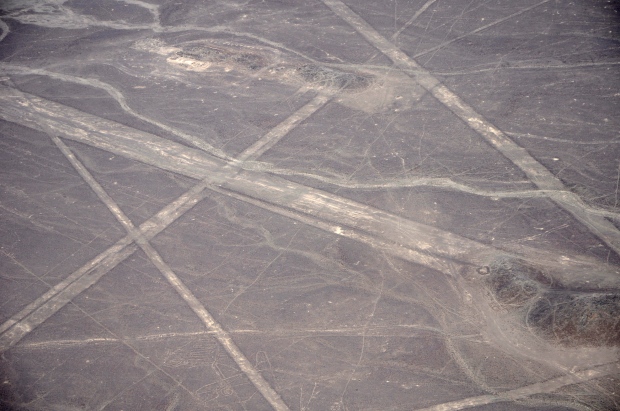
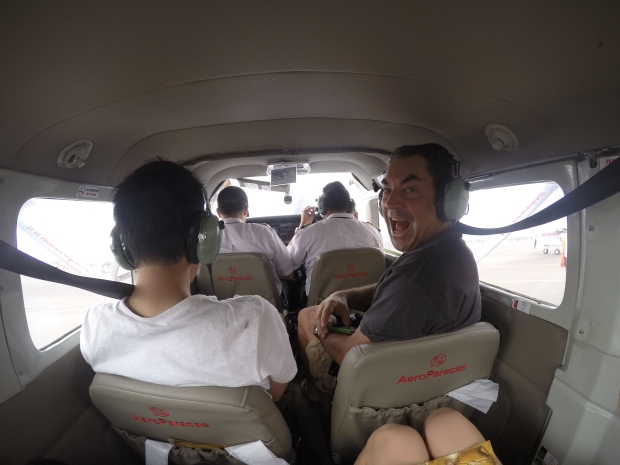

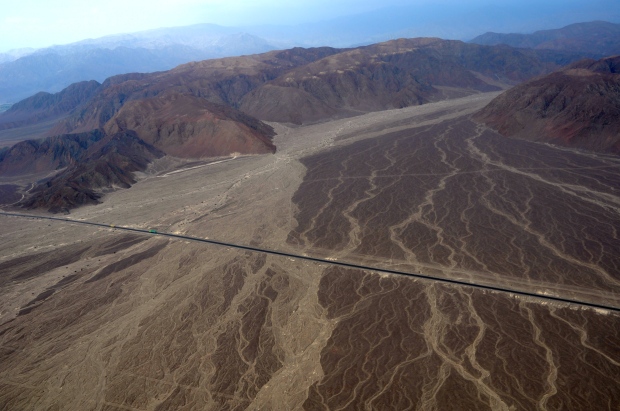
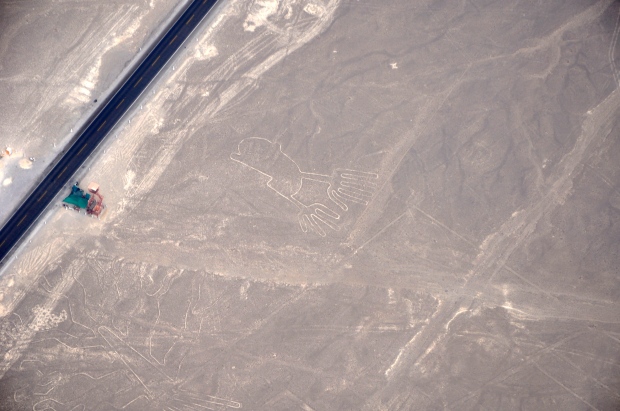






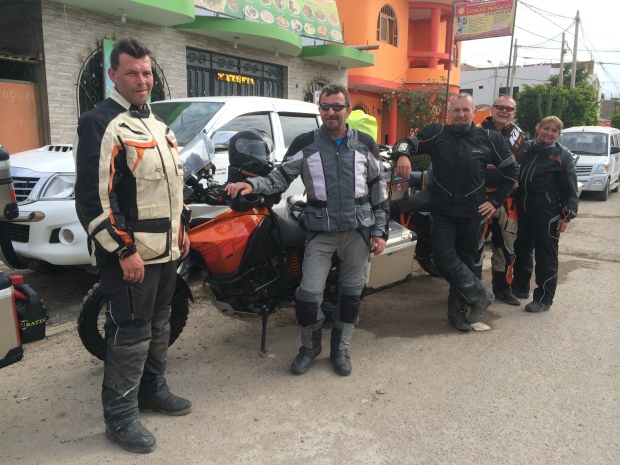

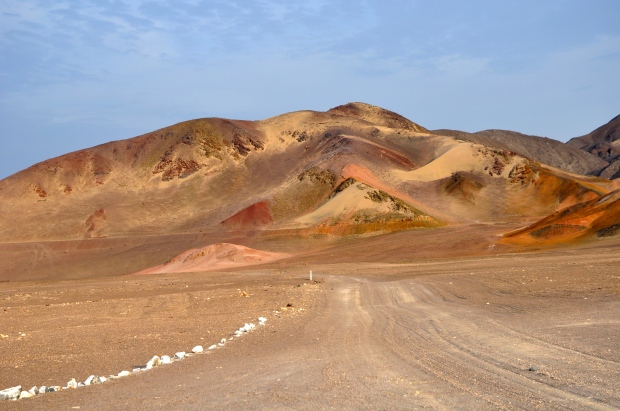

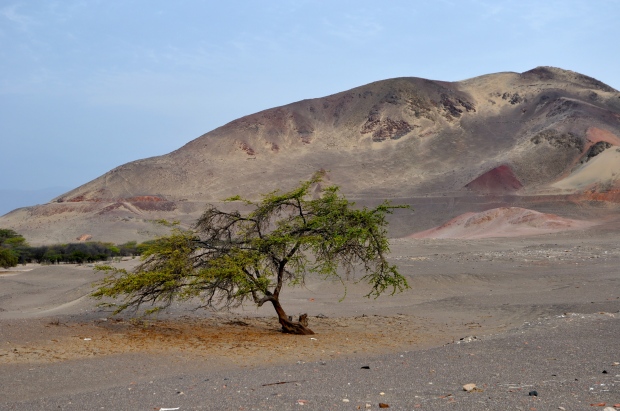


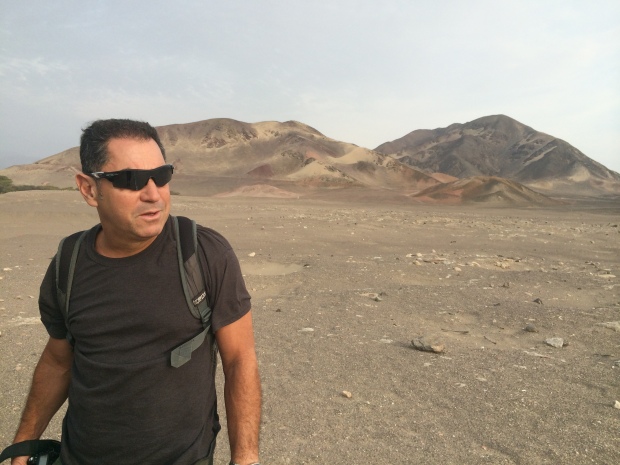


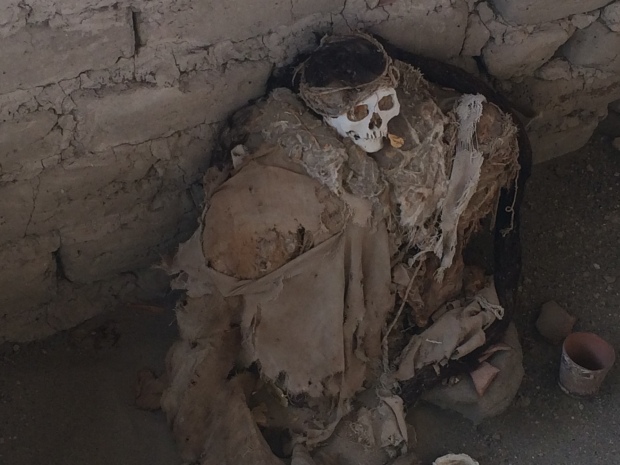
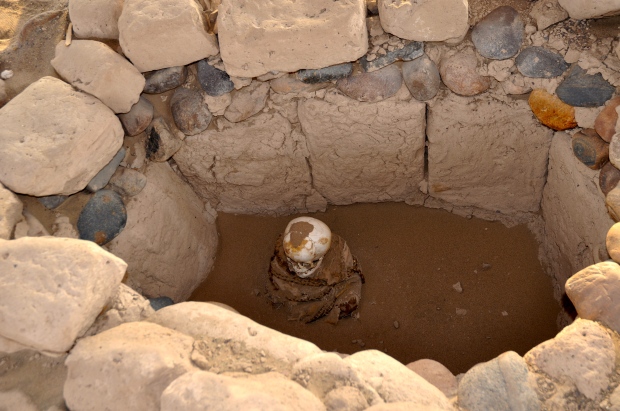



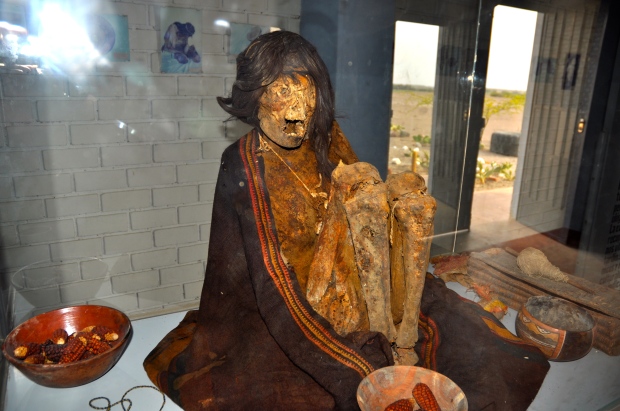






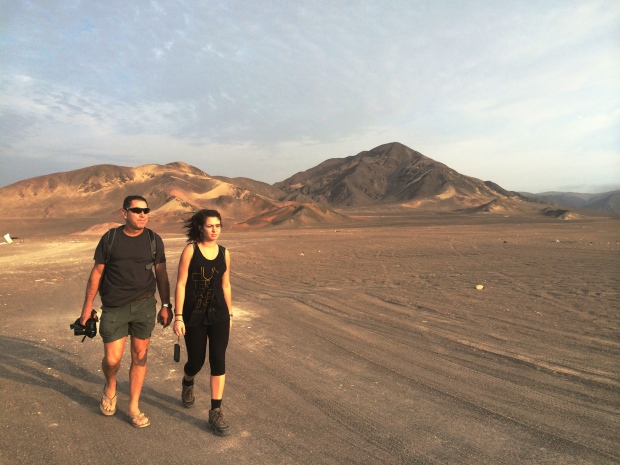
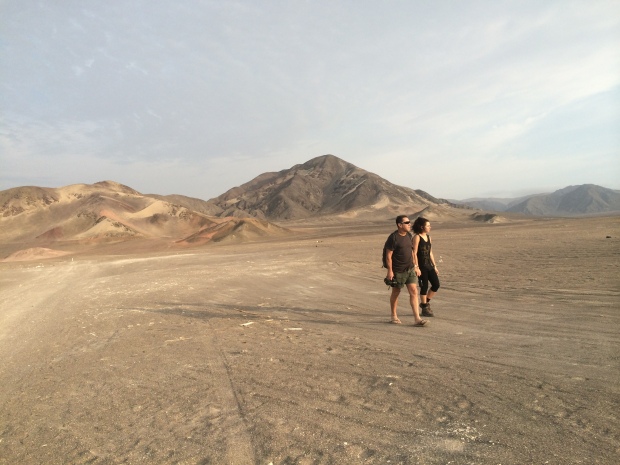
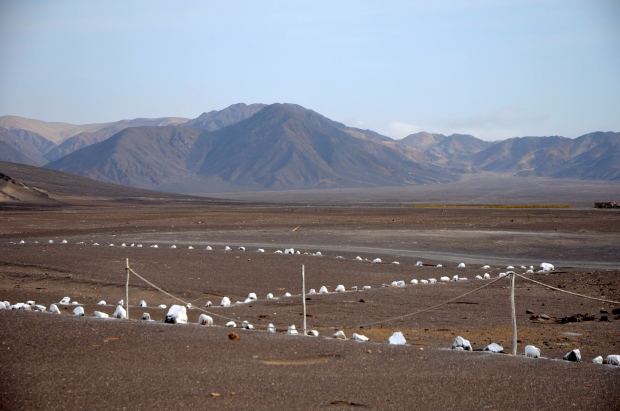











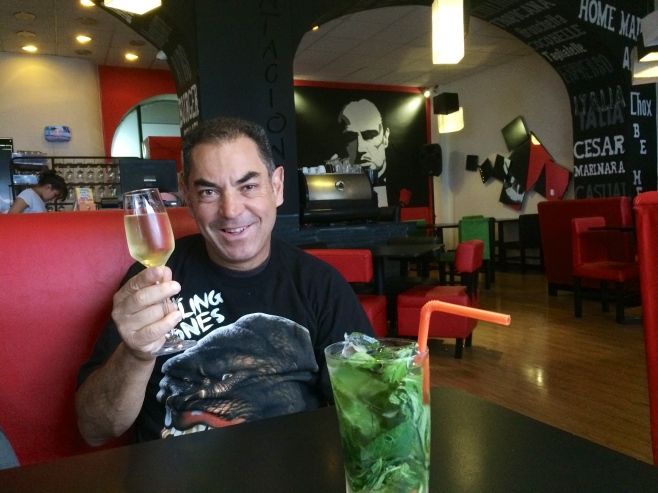

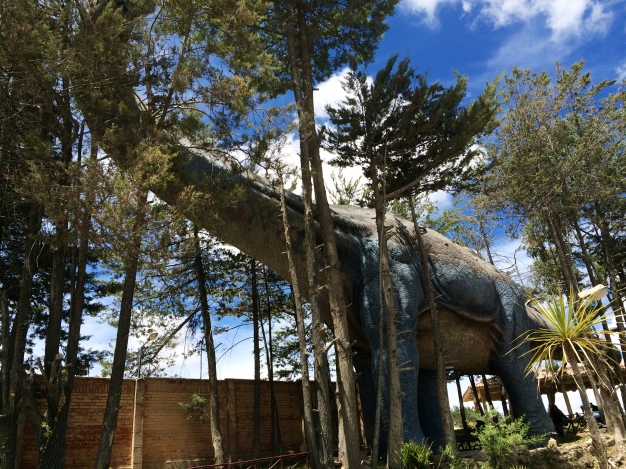


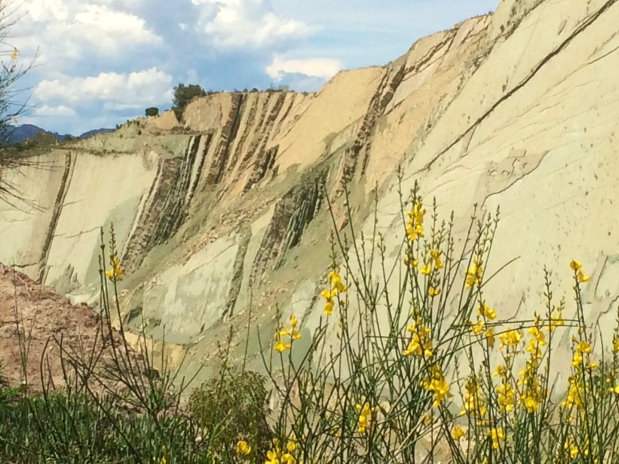





















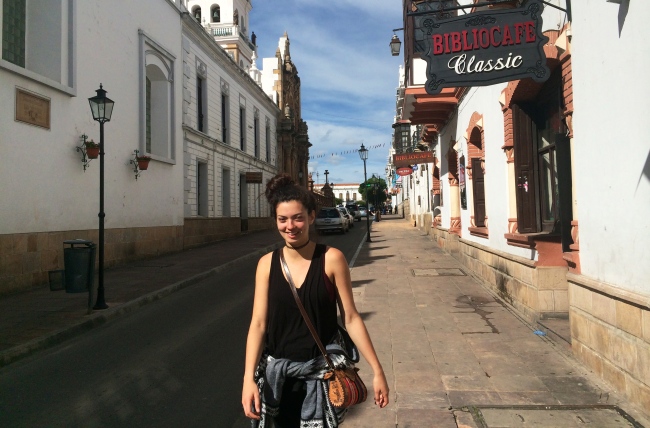




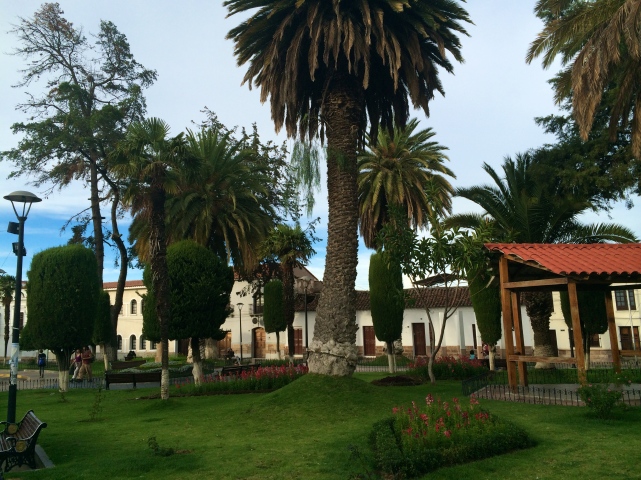




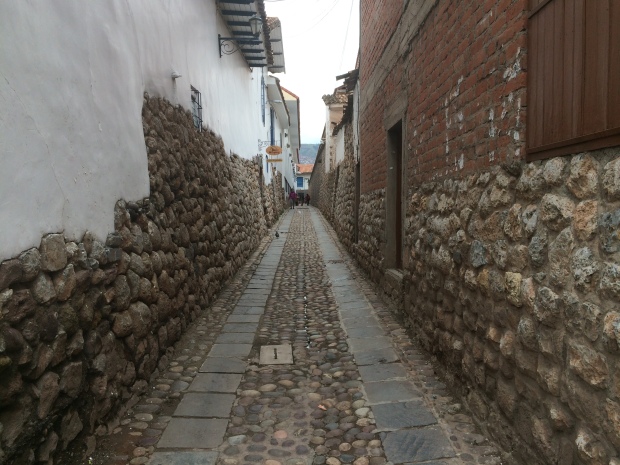












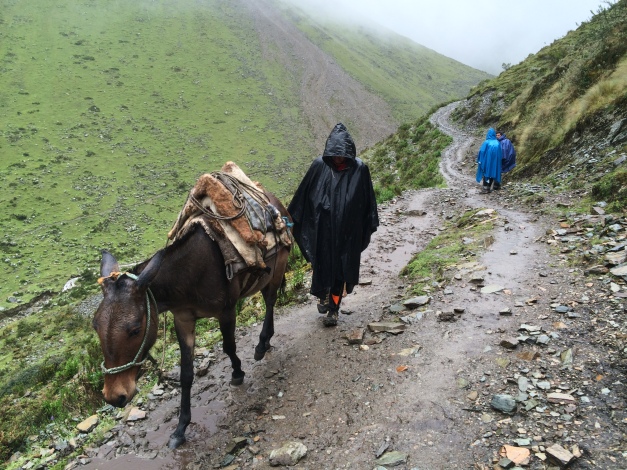
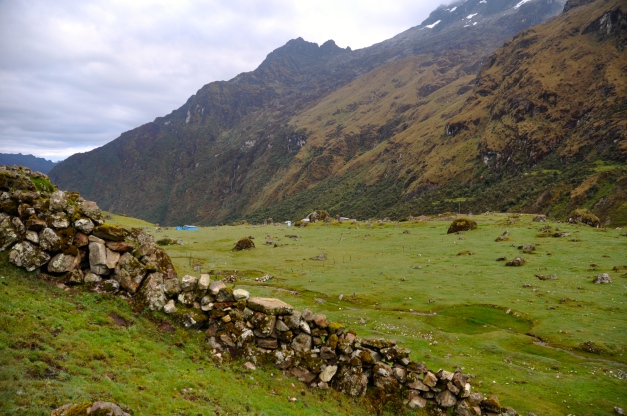






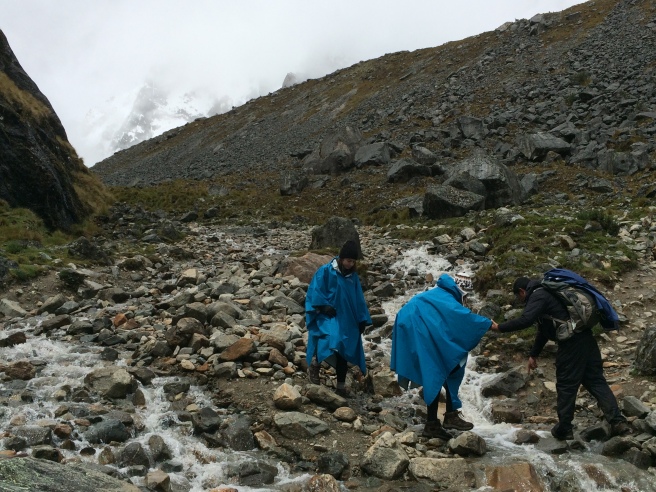
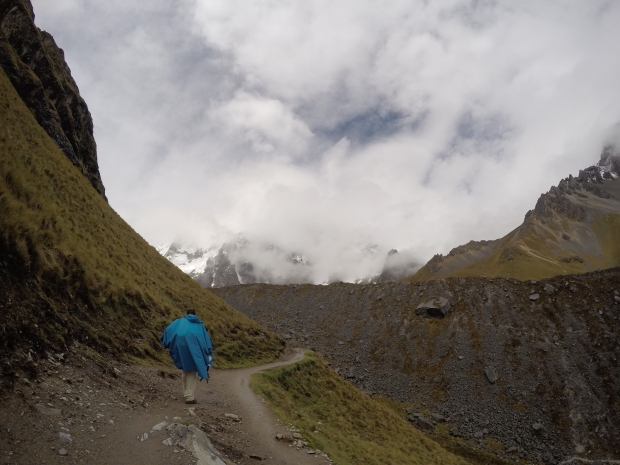

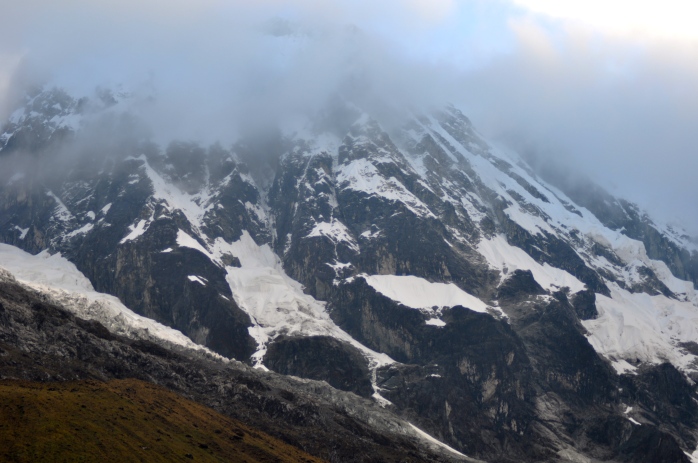
















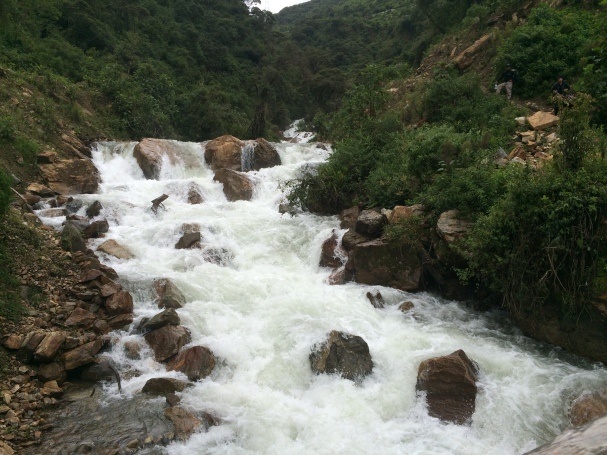
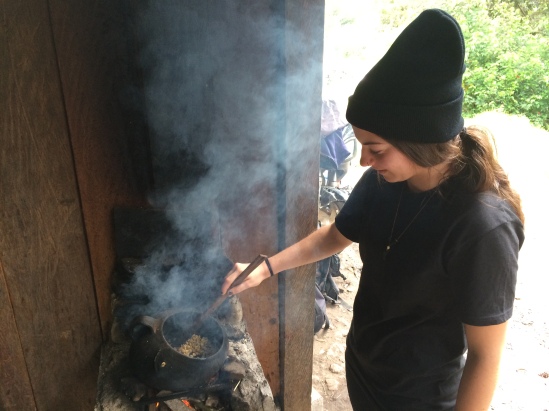






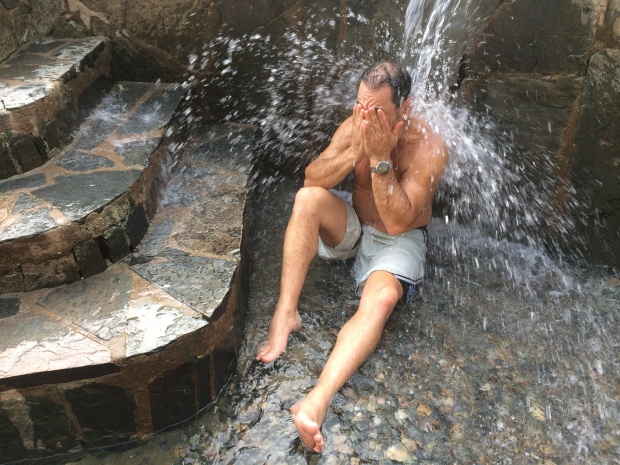
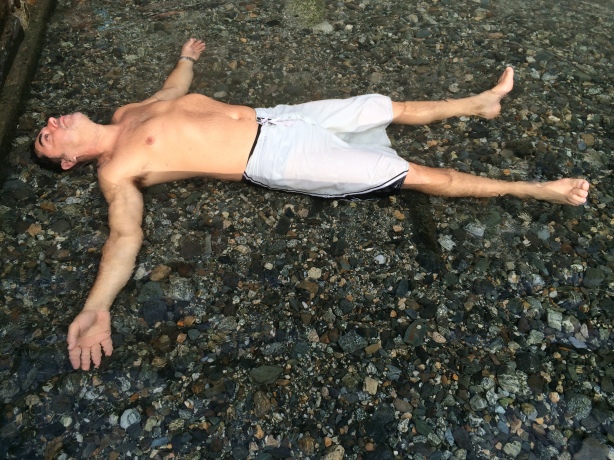
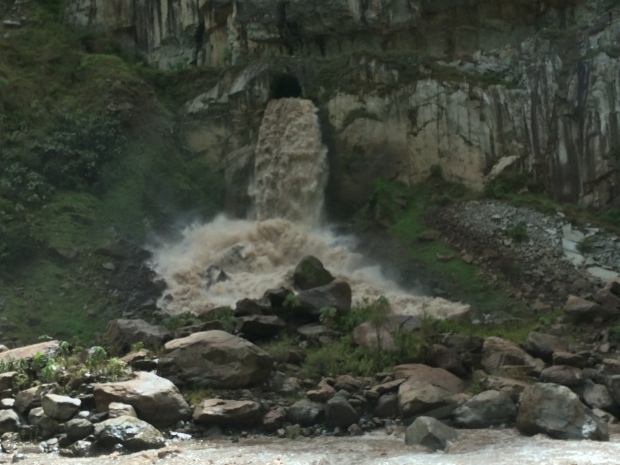







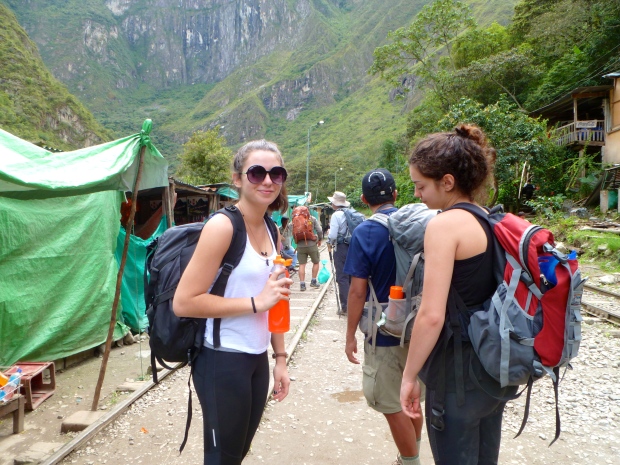
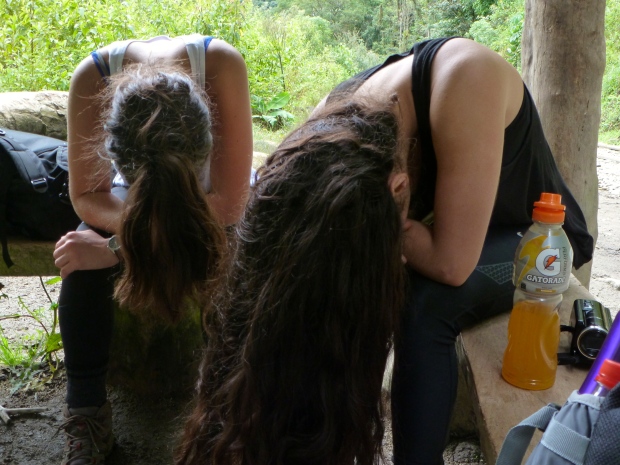




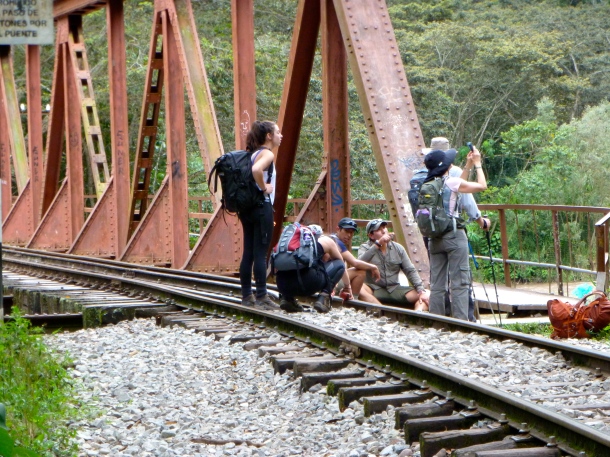



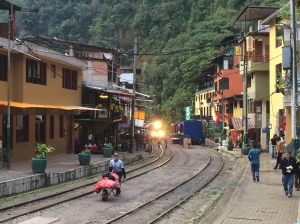



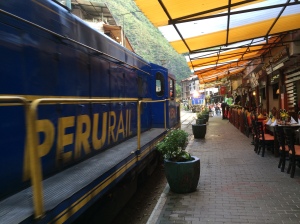

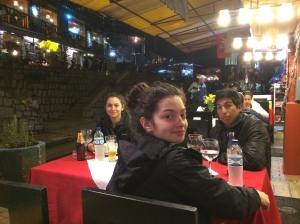

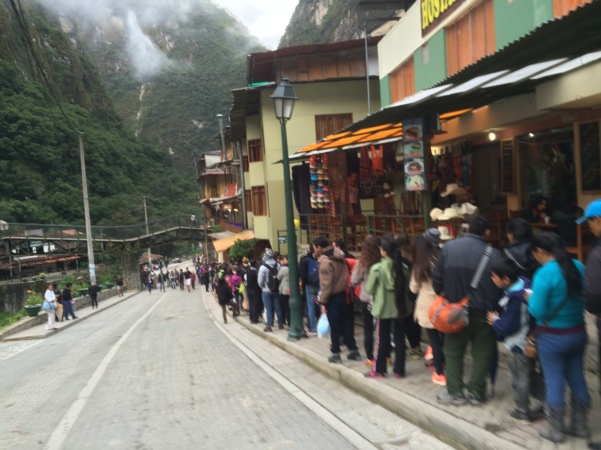



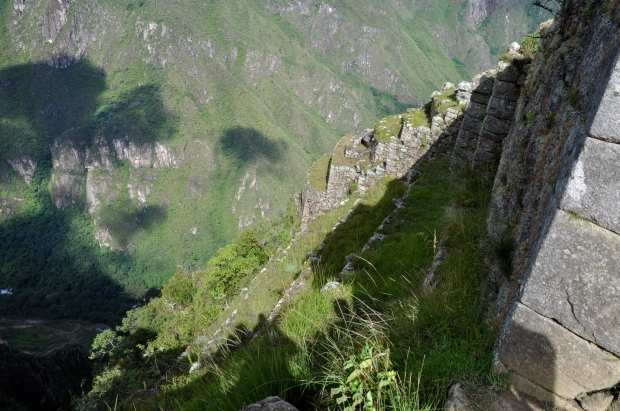




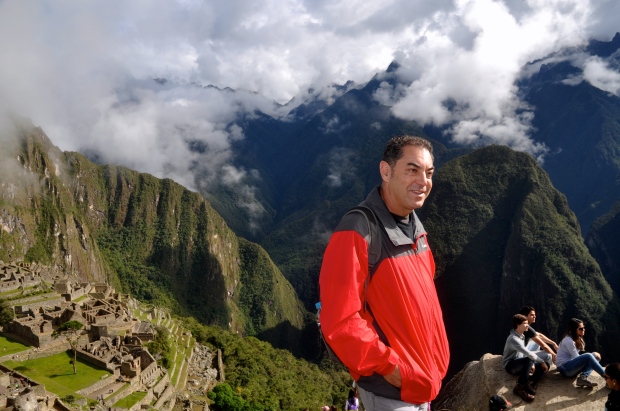


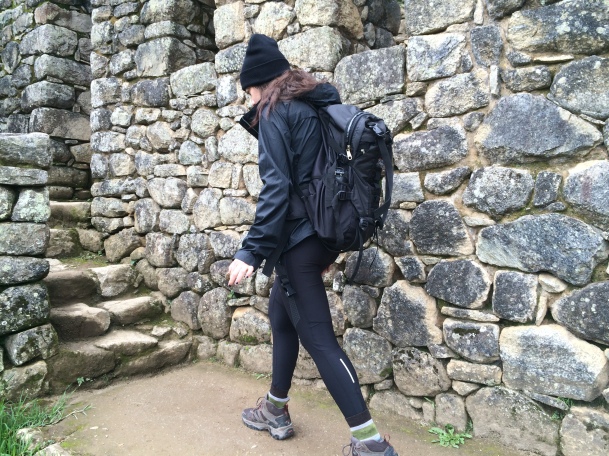






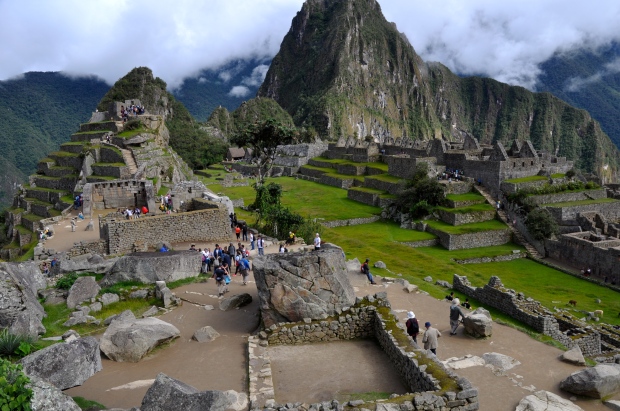













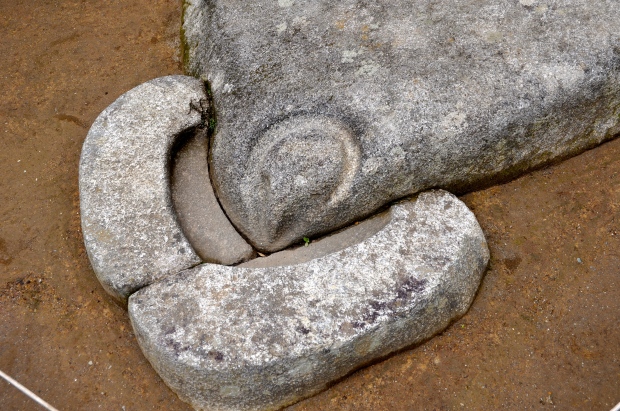
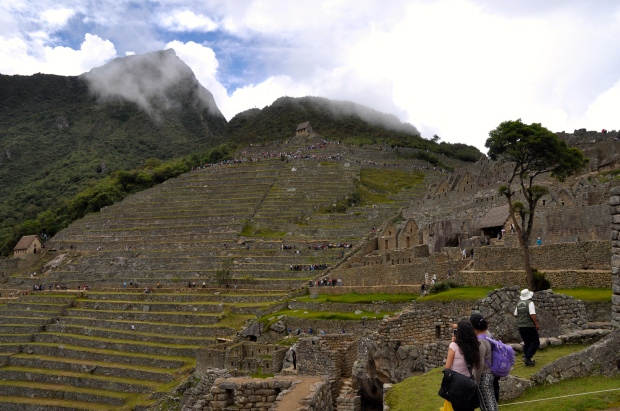


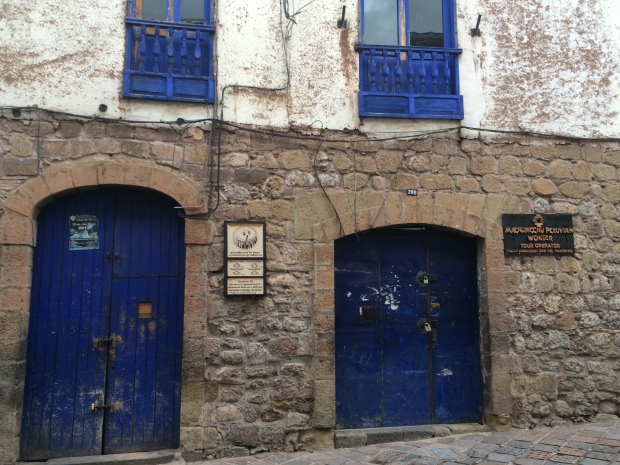





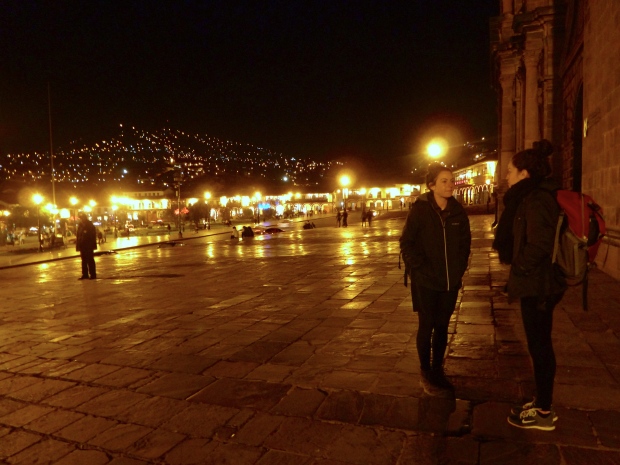






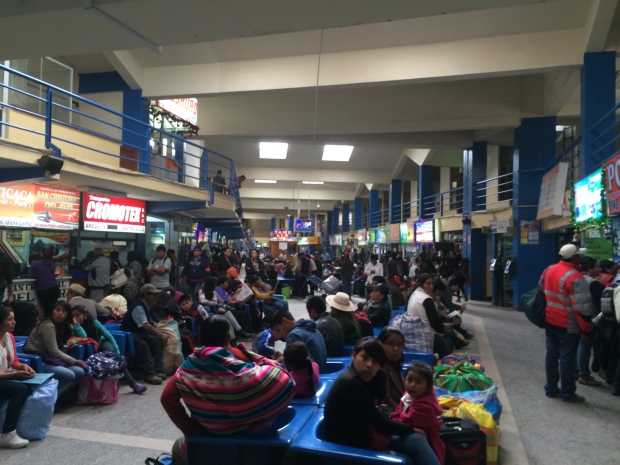



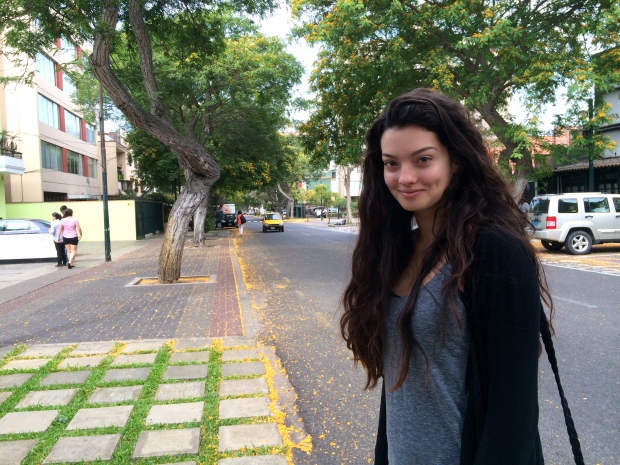





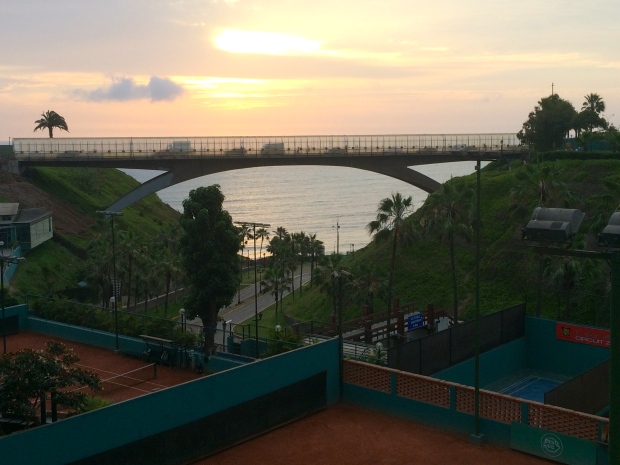

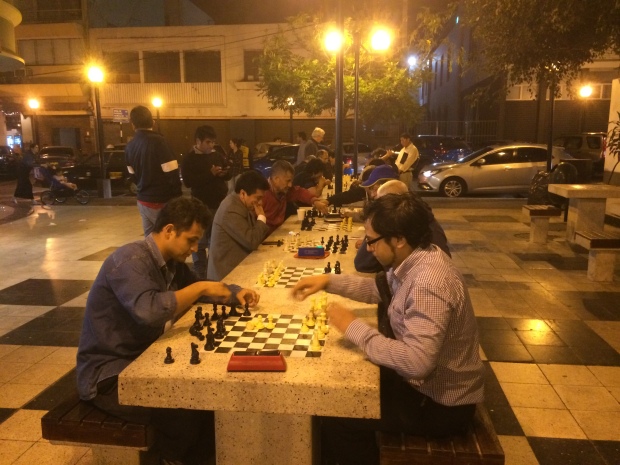



 eaded to the Cruz del Sur bus terminal to catch a 5 hour bus ride to Ica. The visuals drastically changed to dark brown landscapes, followed by a more picturesque desert road scene. We arrived in the small town of Ica. This city has approximately 1 million inhabitants and lies in the middle of the desert, near another famous town, Nasca. After checking into our quaint hostel, we took a cab to the famous oasis settled between huge sand dunes and palm trees, where we walked barefoot and stretched our muscles in the warm sun.
eaded to the Cruz del Sur bus terminal to catch a 5 hour bus ride to Ica. The visuals drastically changed to dark brown landscapes, followed by a more picturesque desert road scene. We arrived in the small town of Ica. This city has approximately 1 million inhabitants and lies in the middle of the desert, near another famous town, Nasca. After checking into our quaint hostel, we took a cab to the famous oasis settled between huge sand dunes and palm trees, where we walked barefoot and stretched our muscles in the warm sun.

